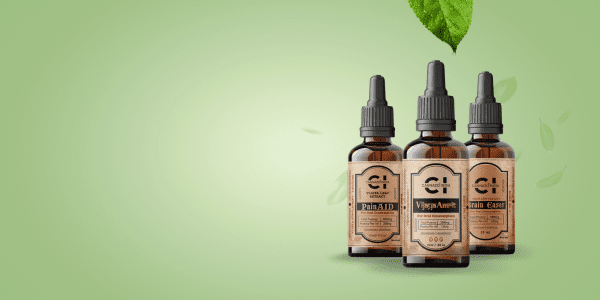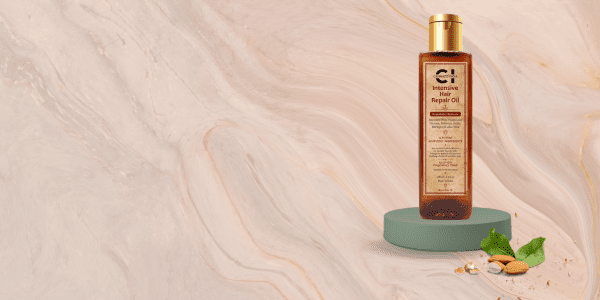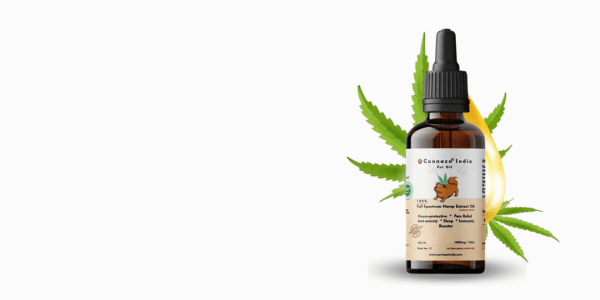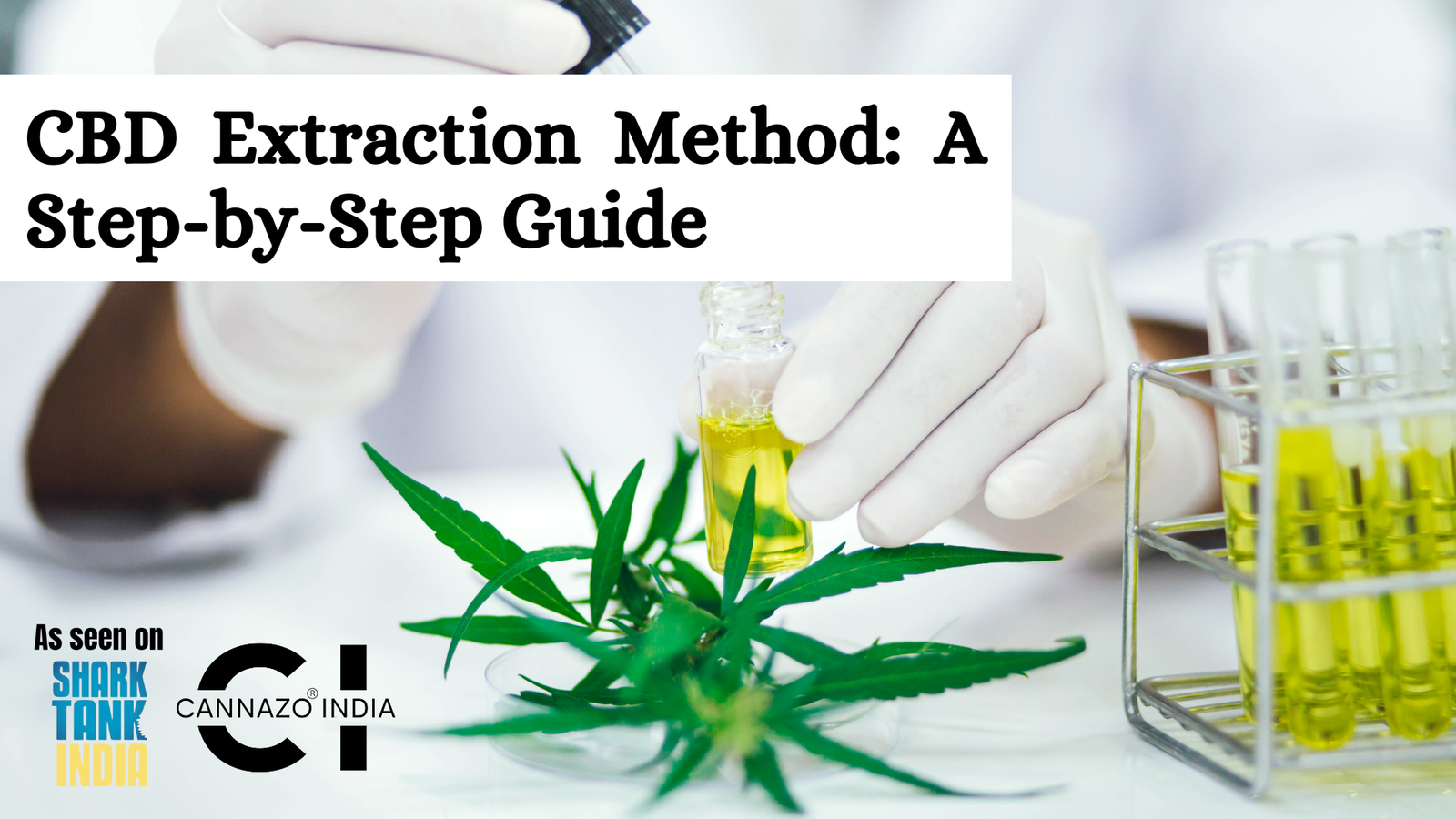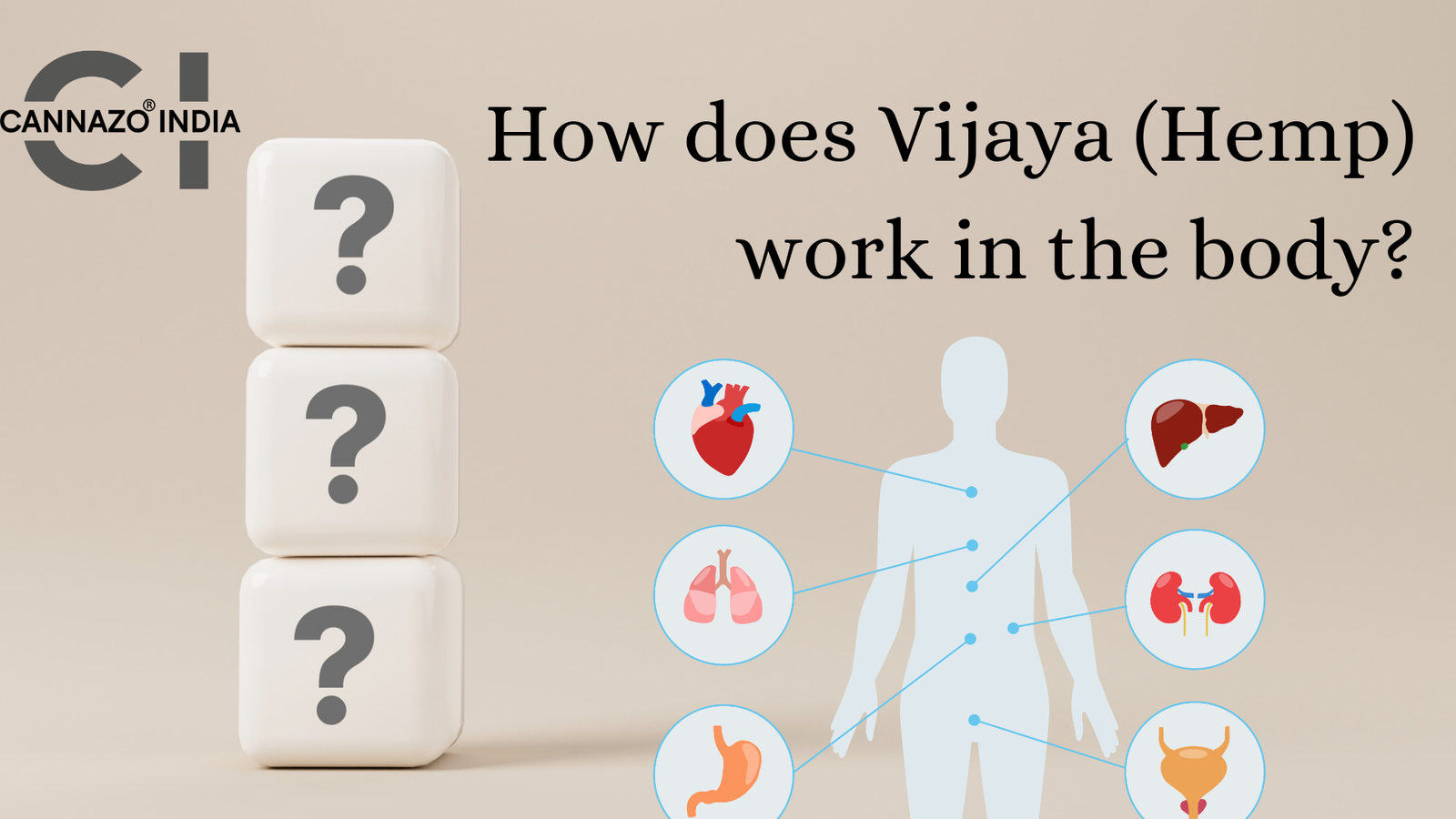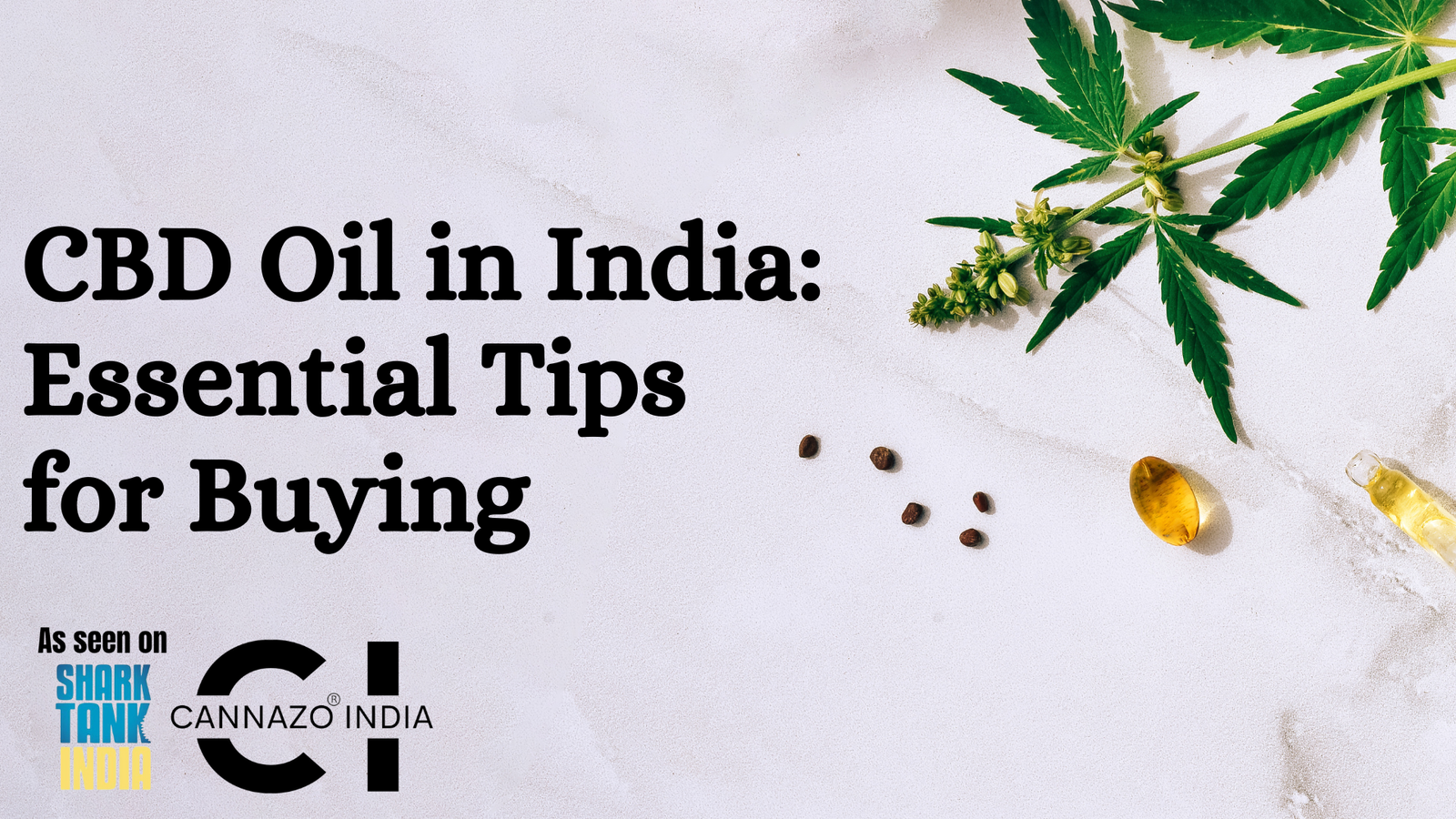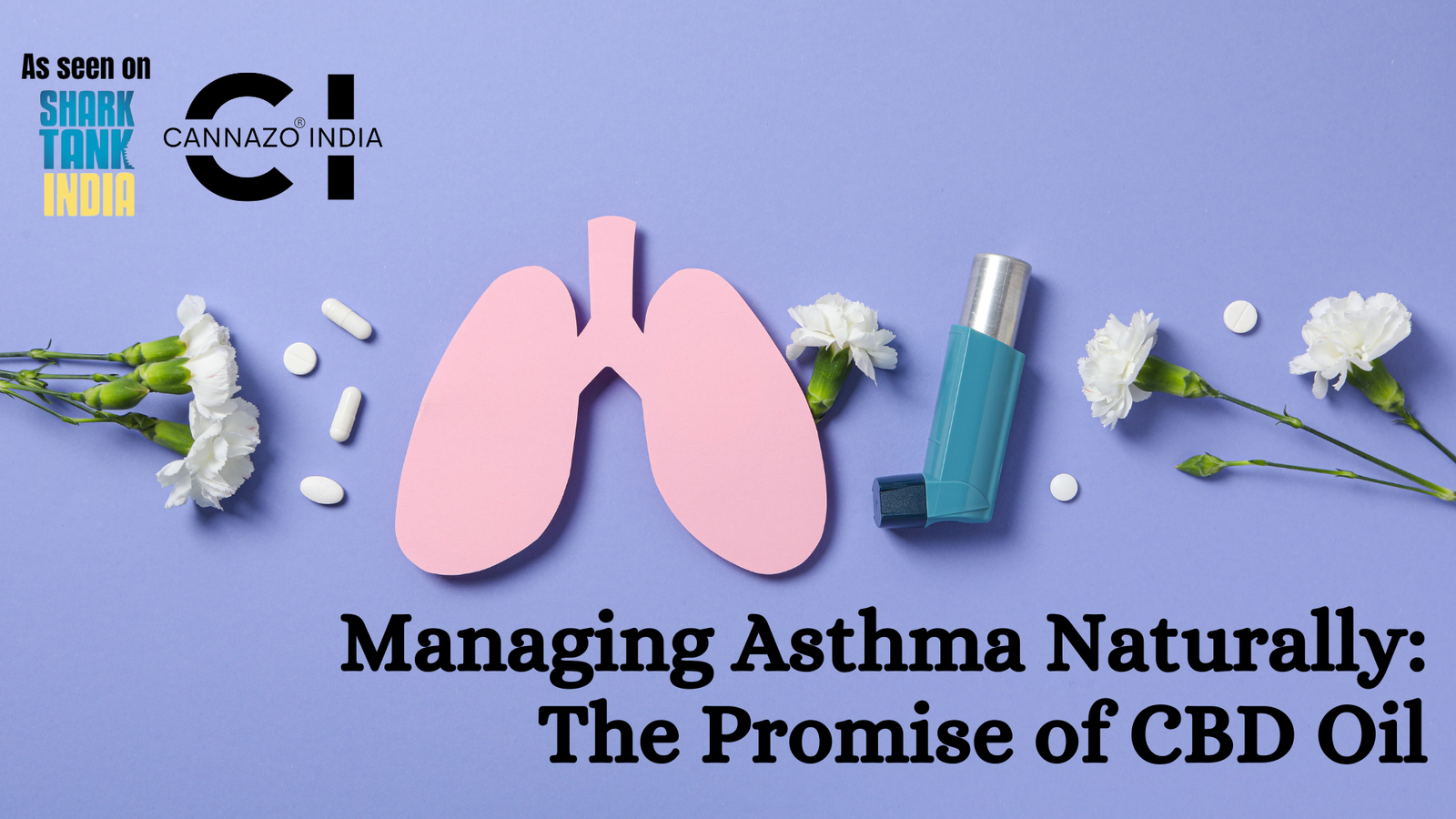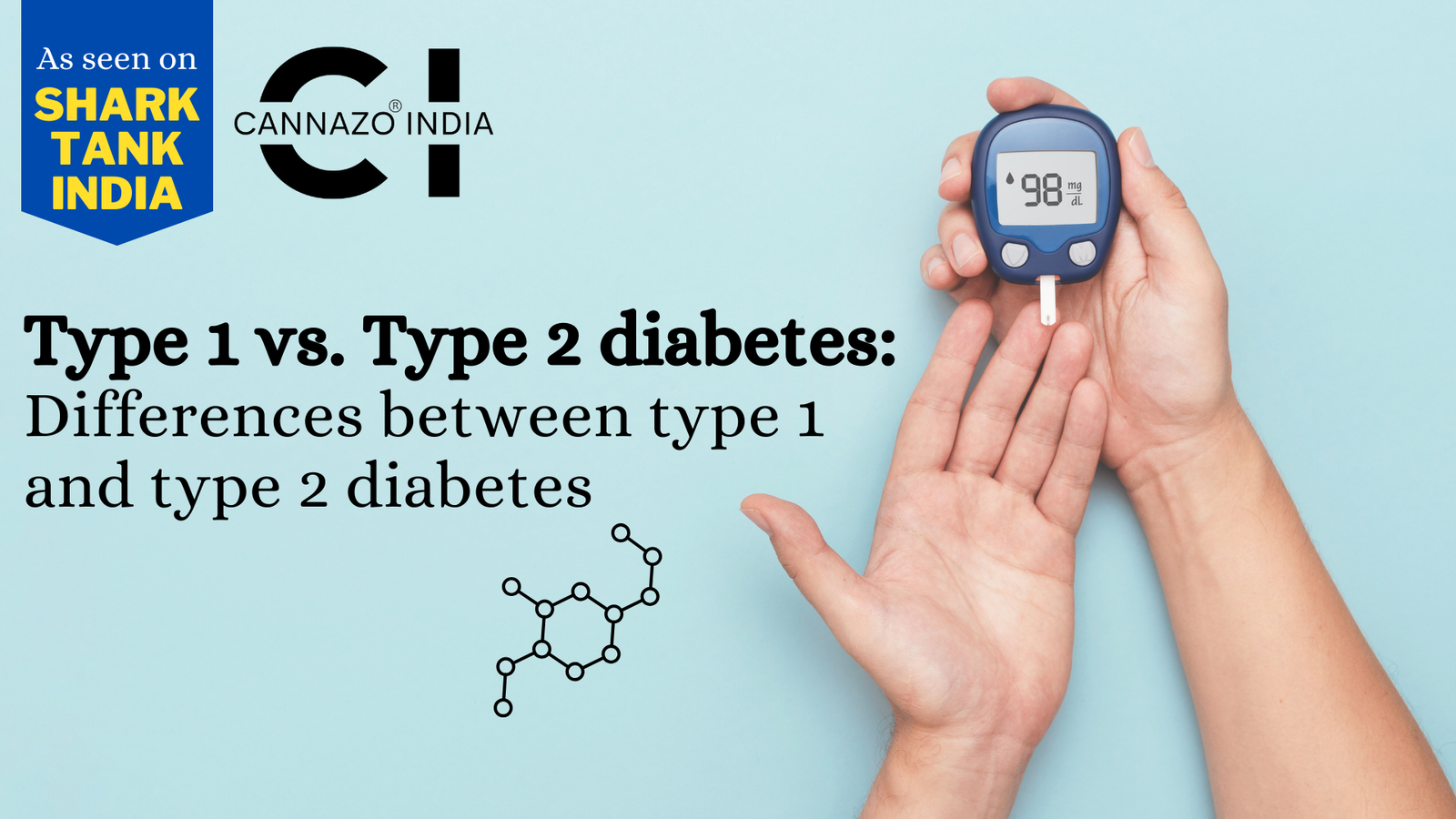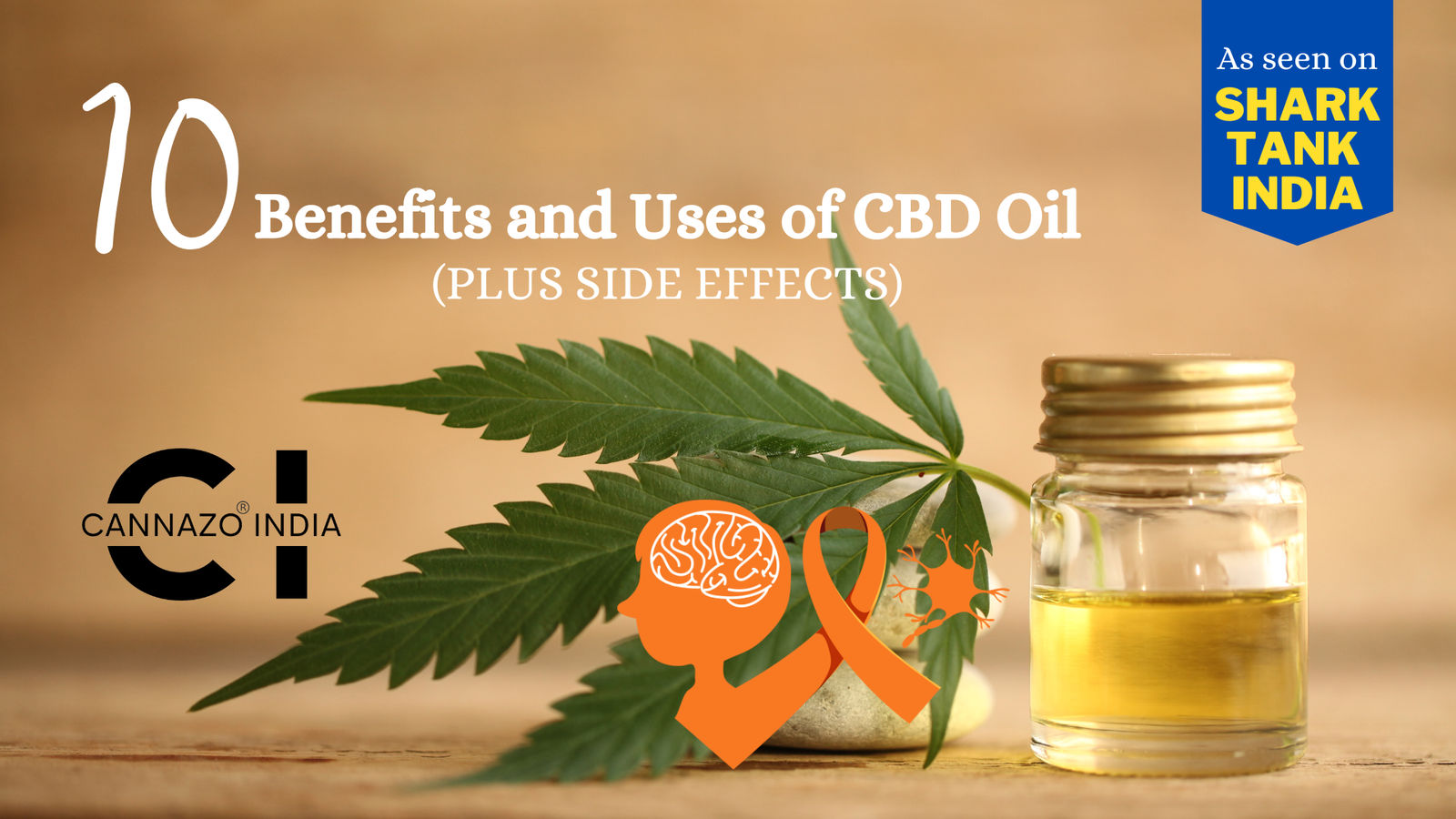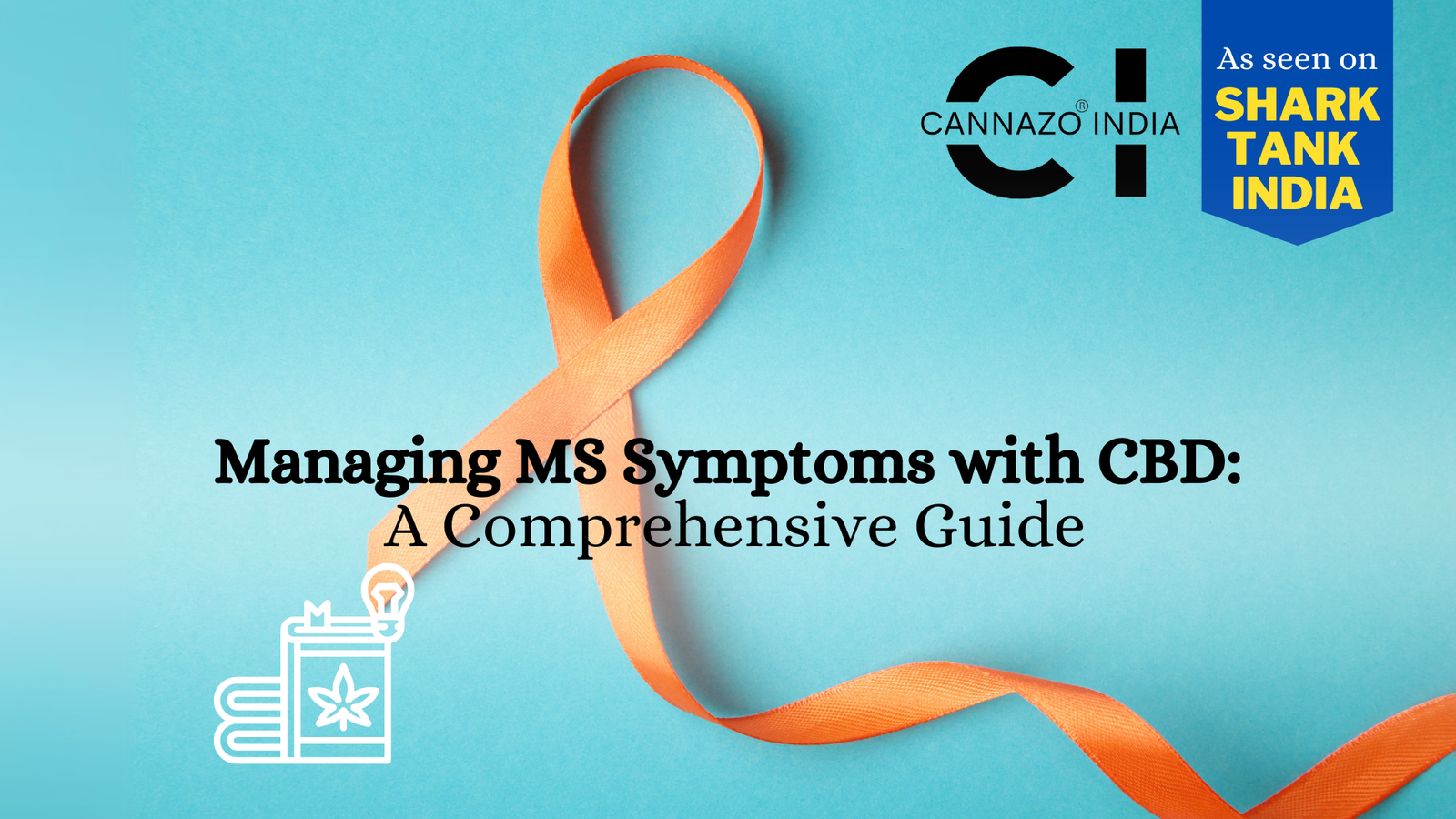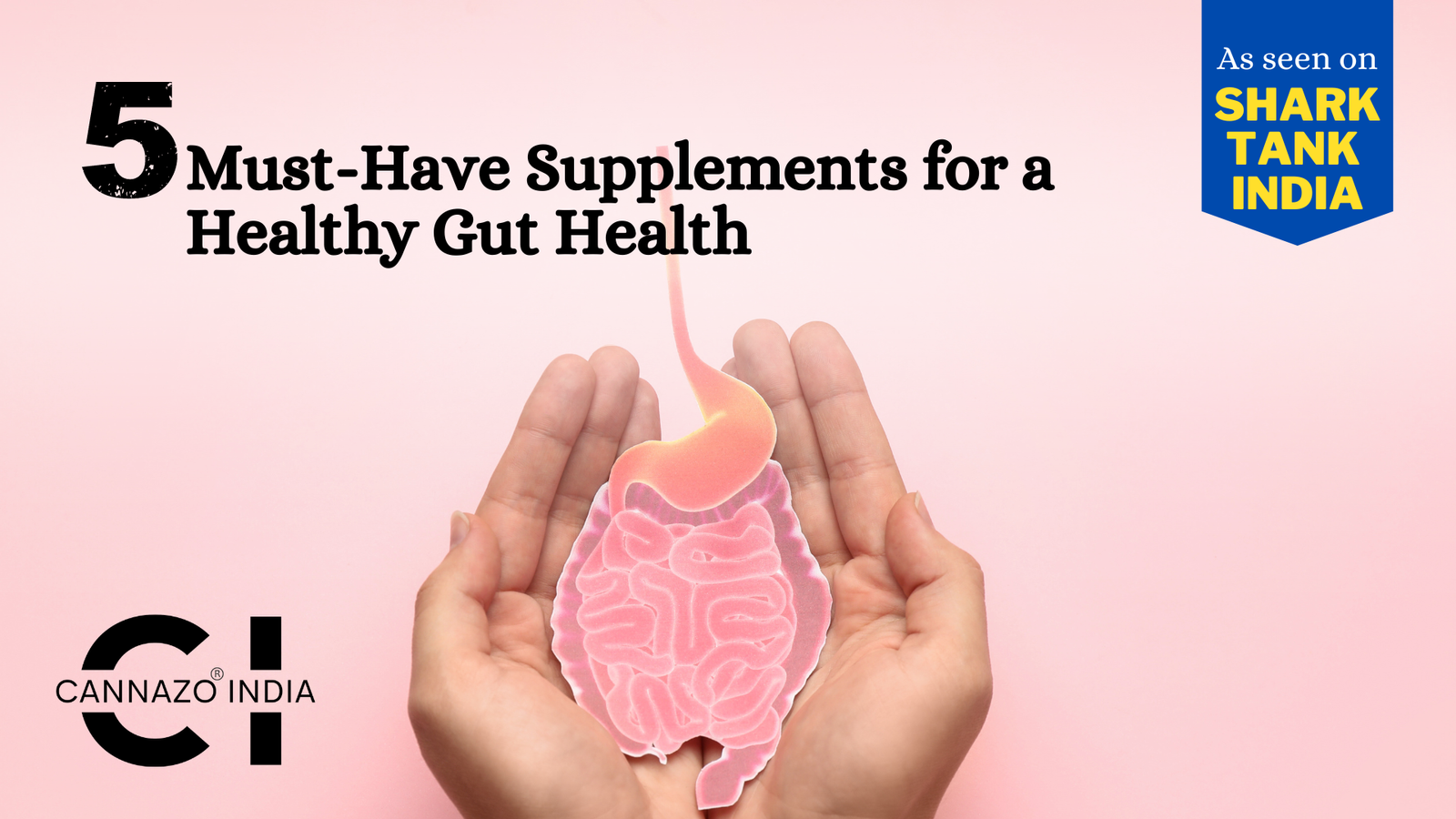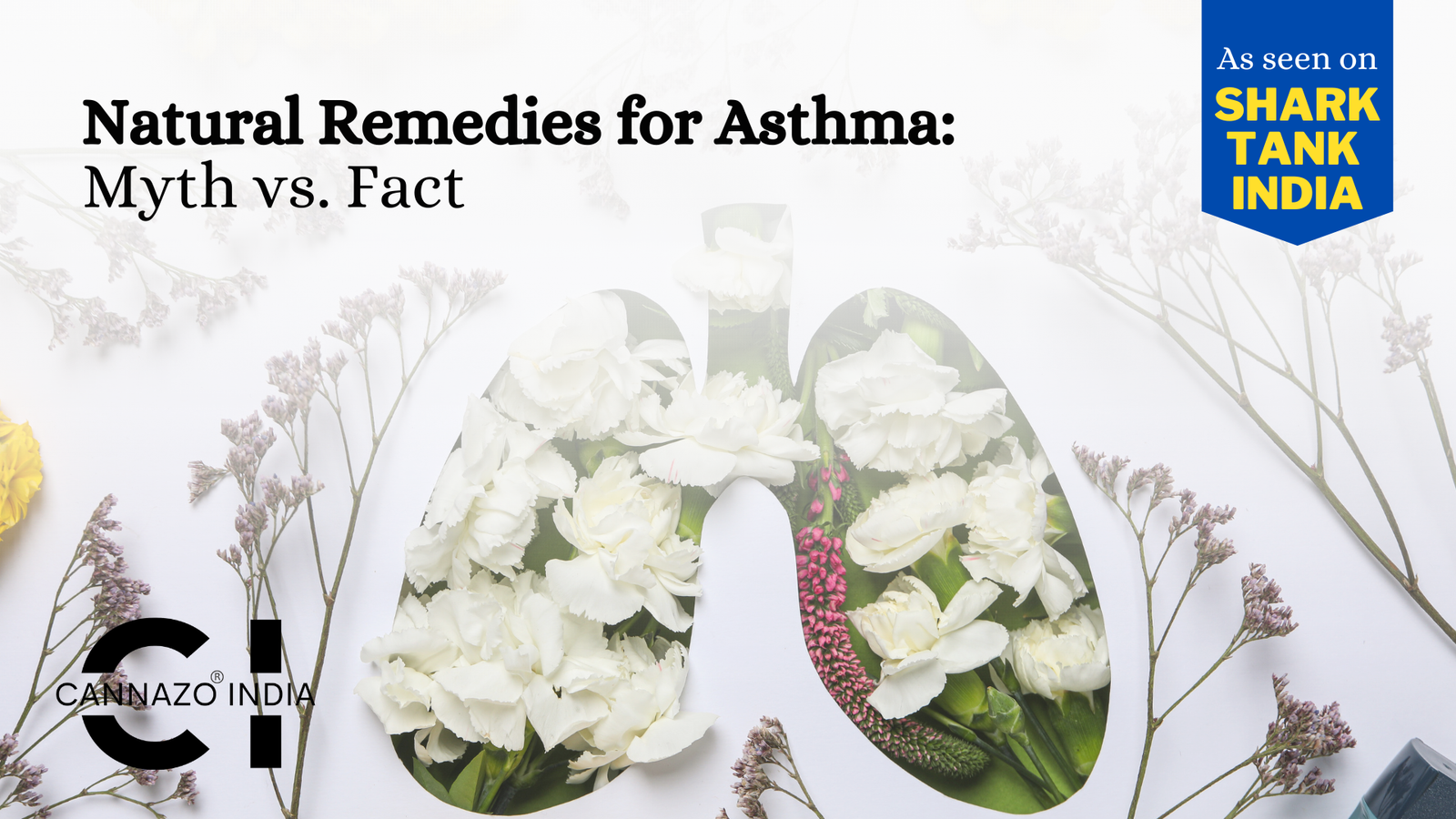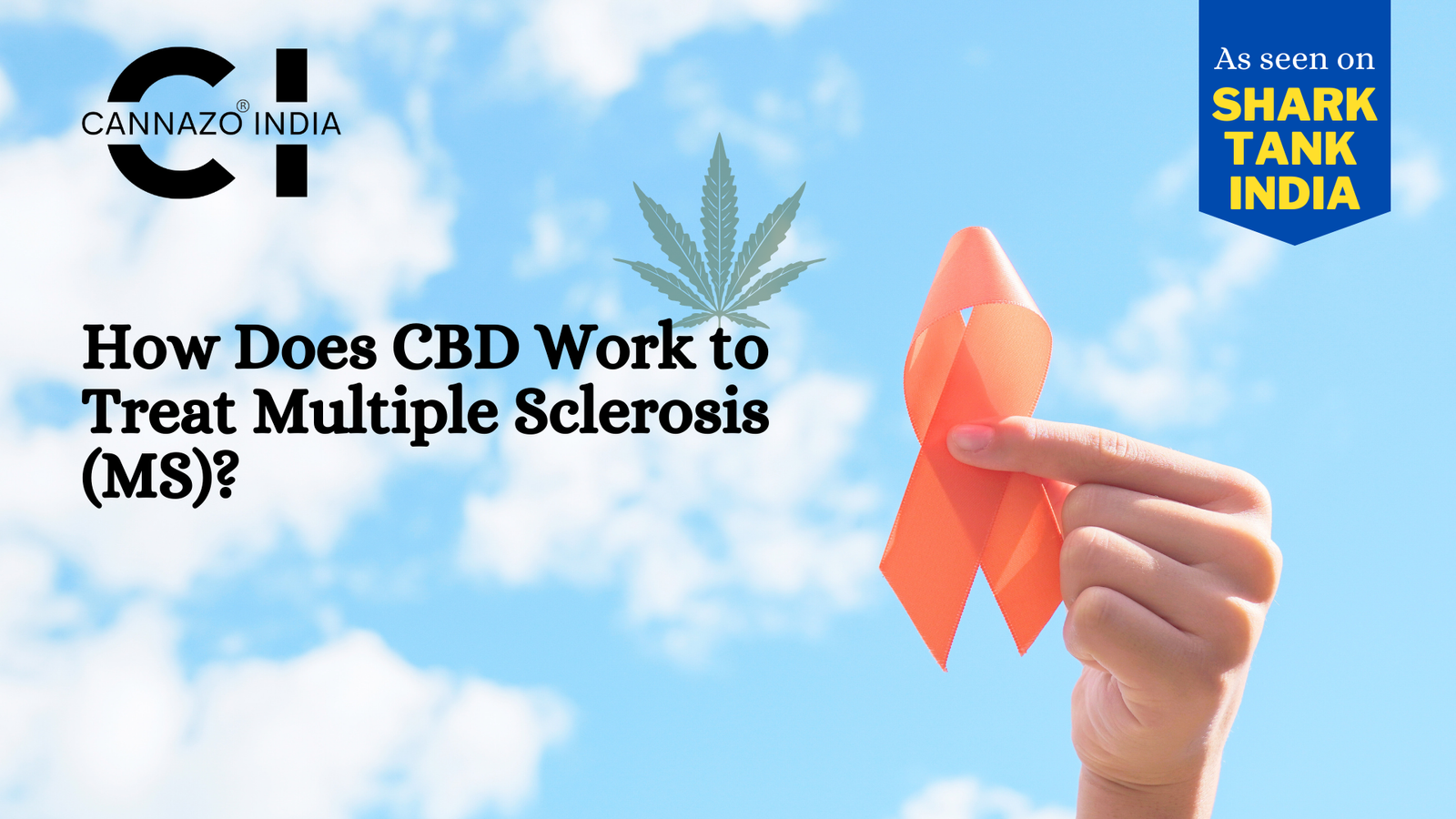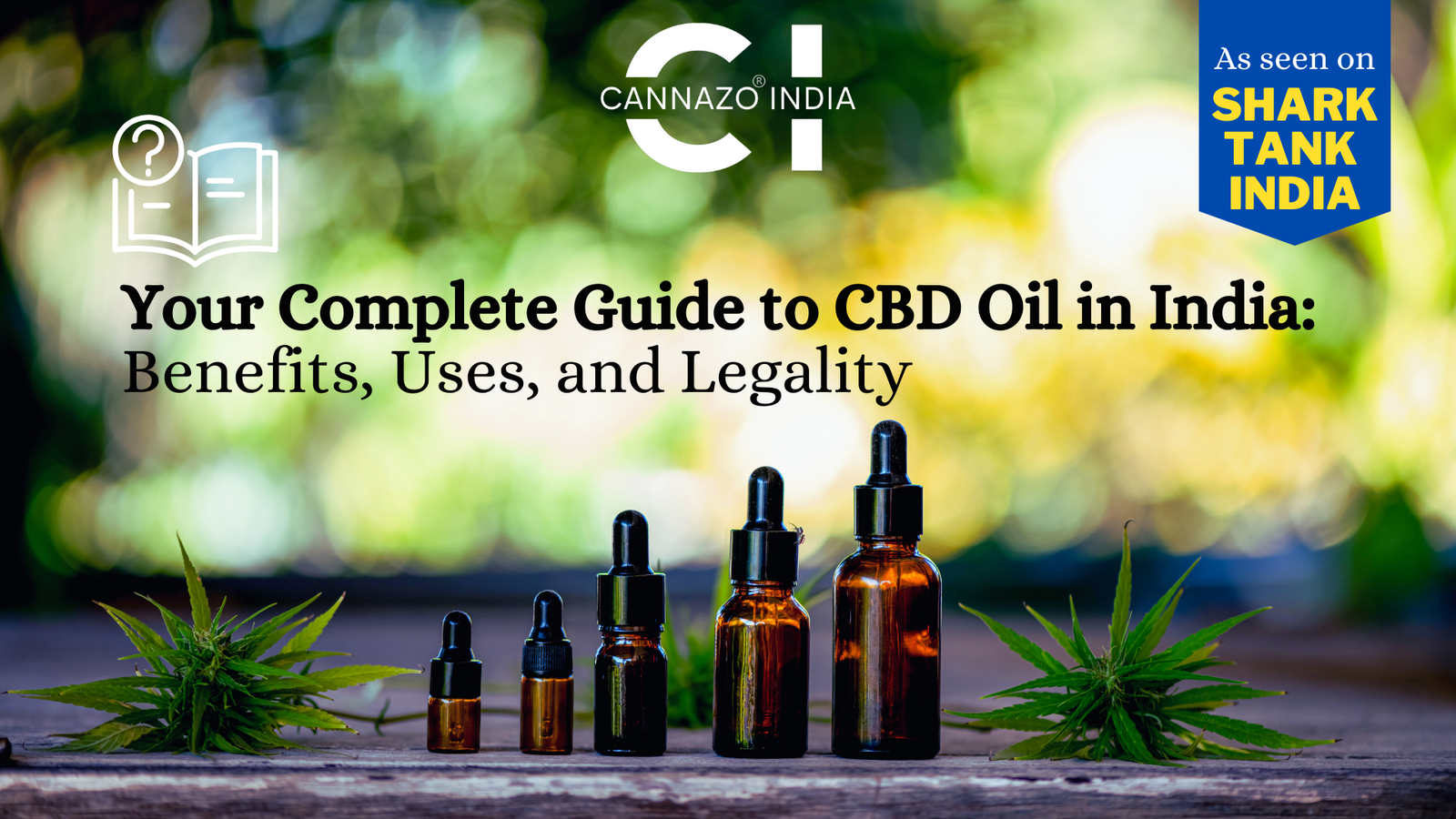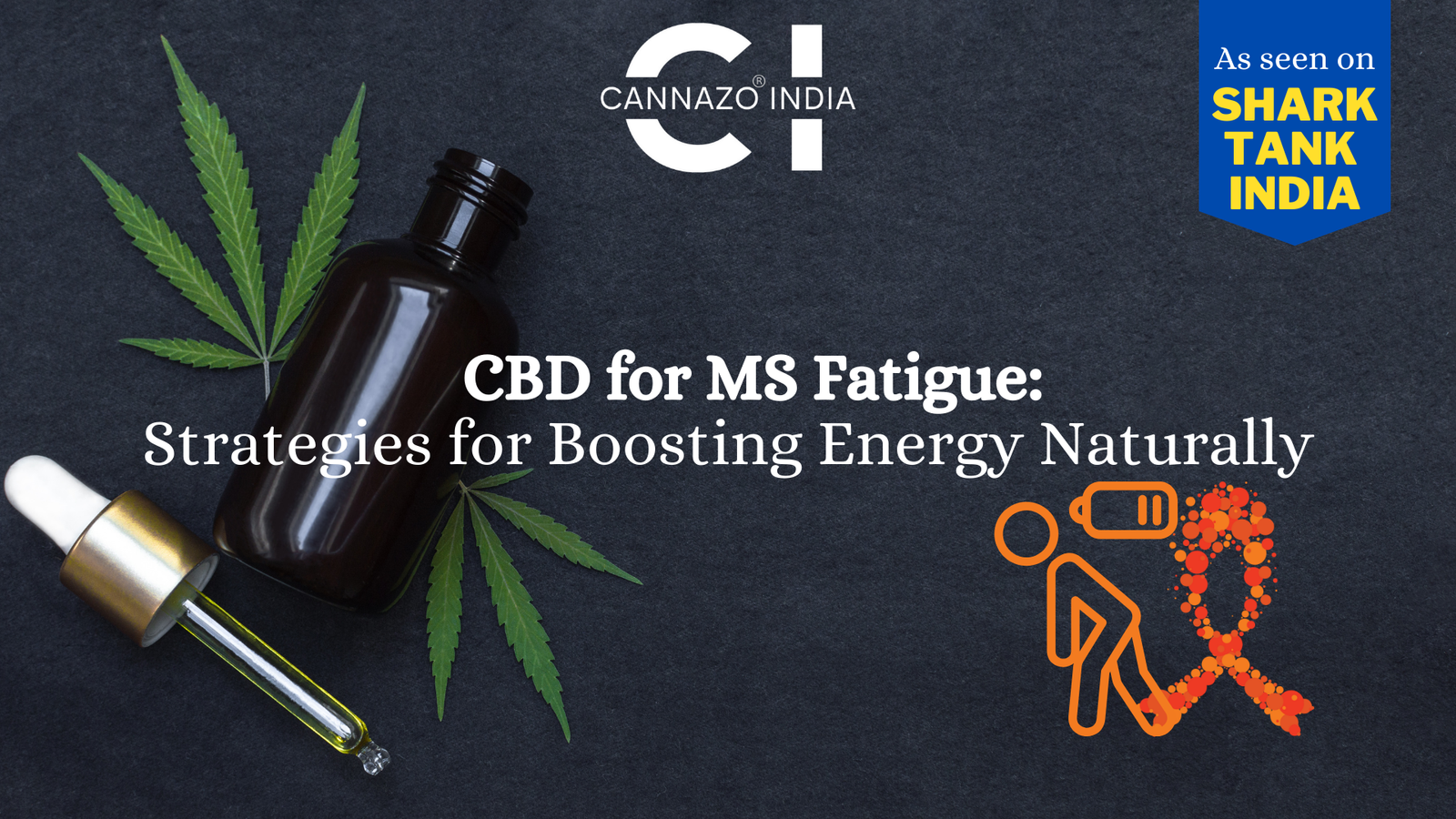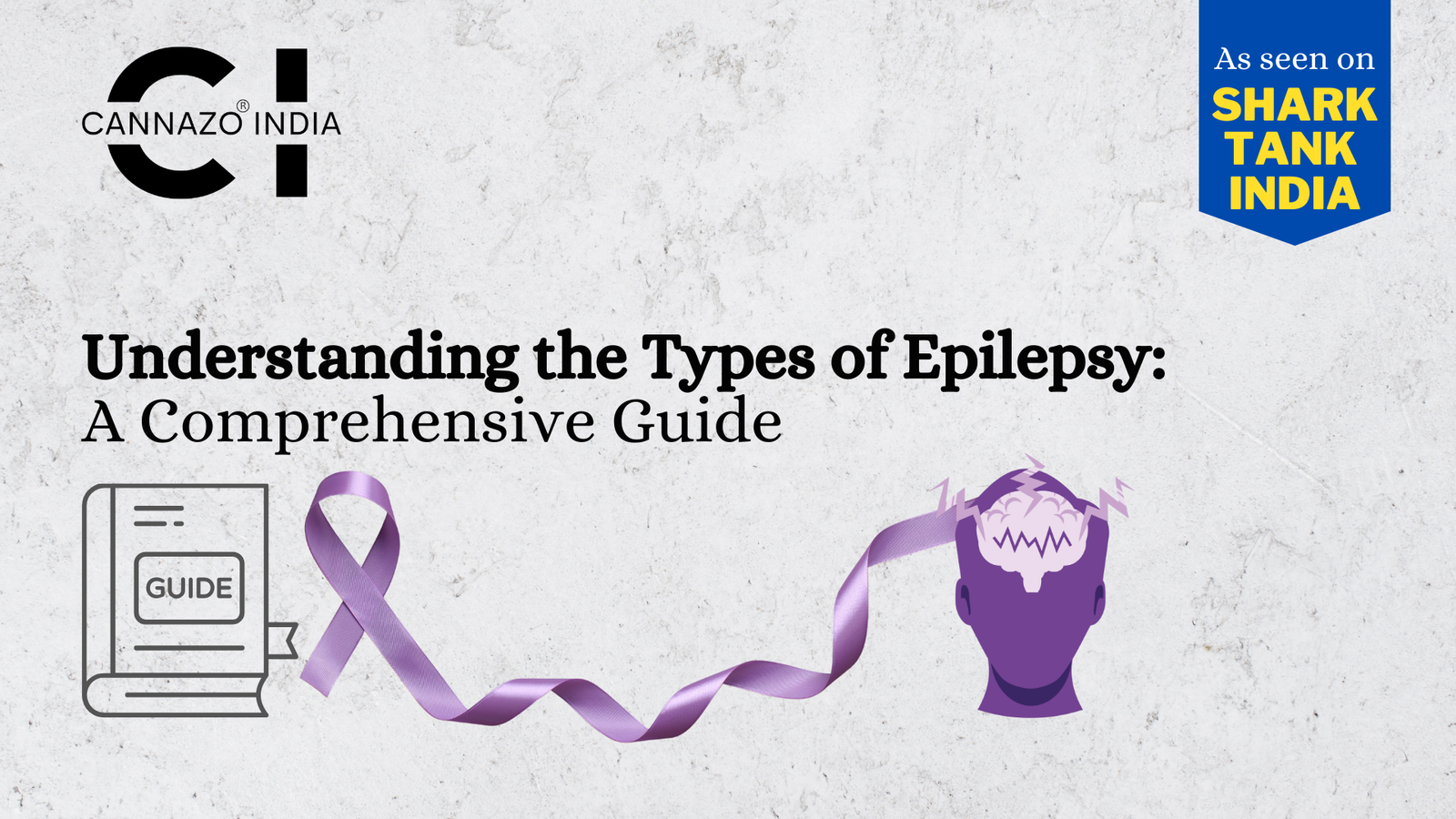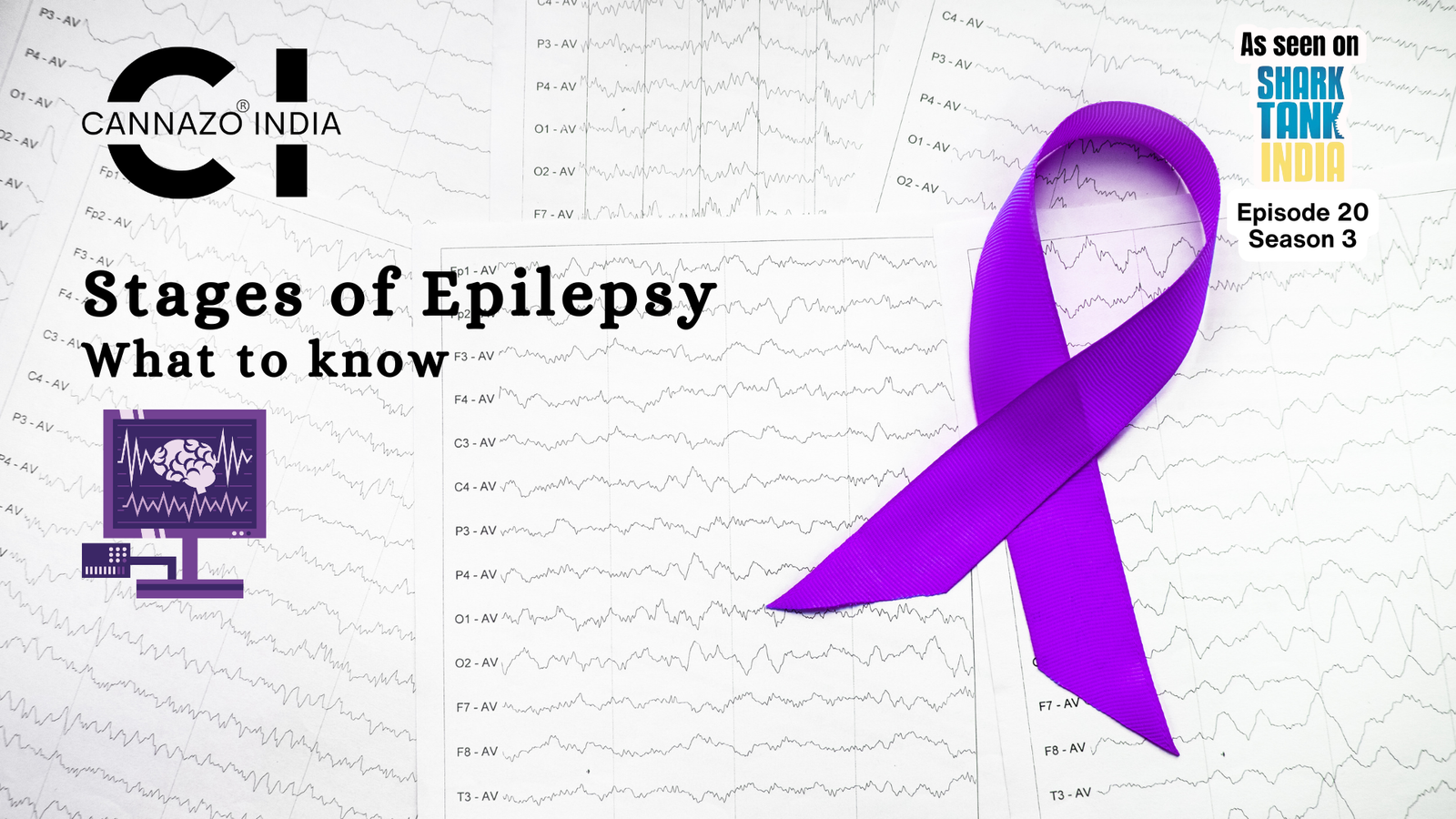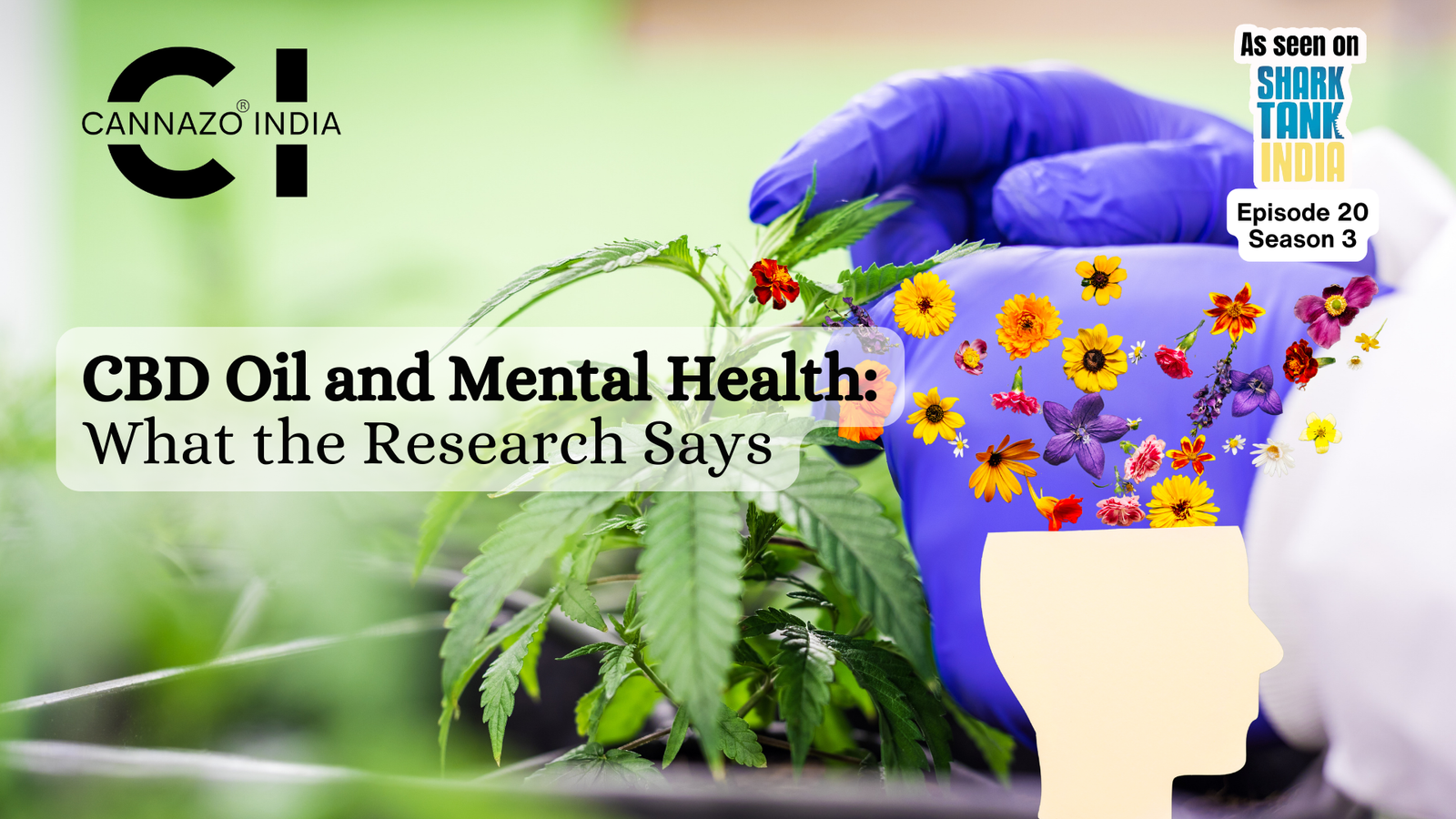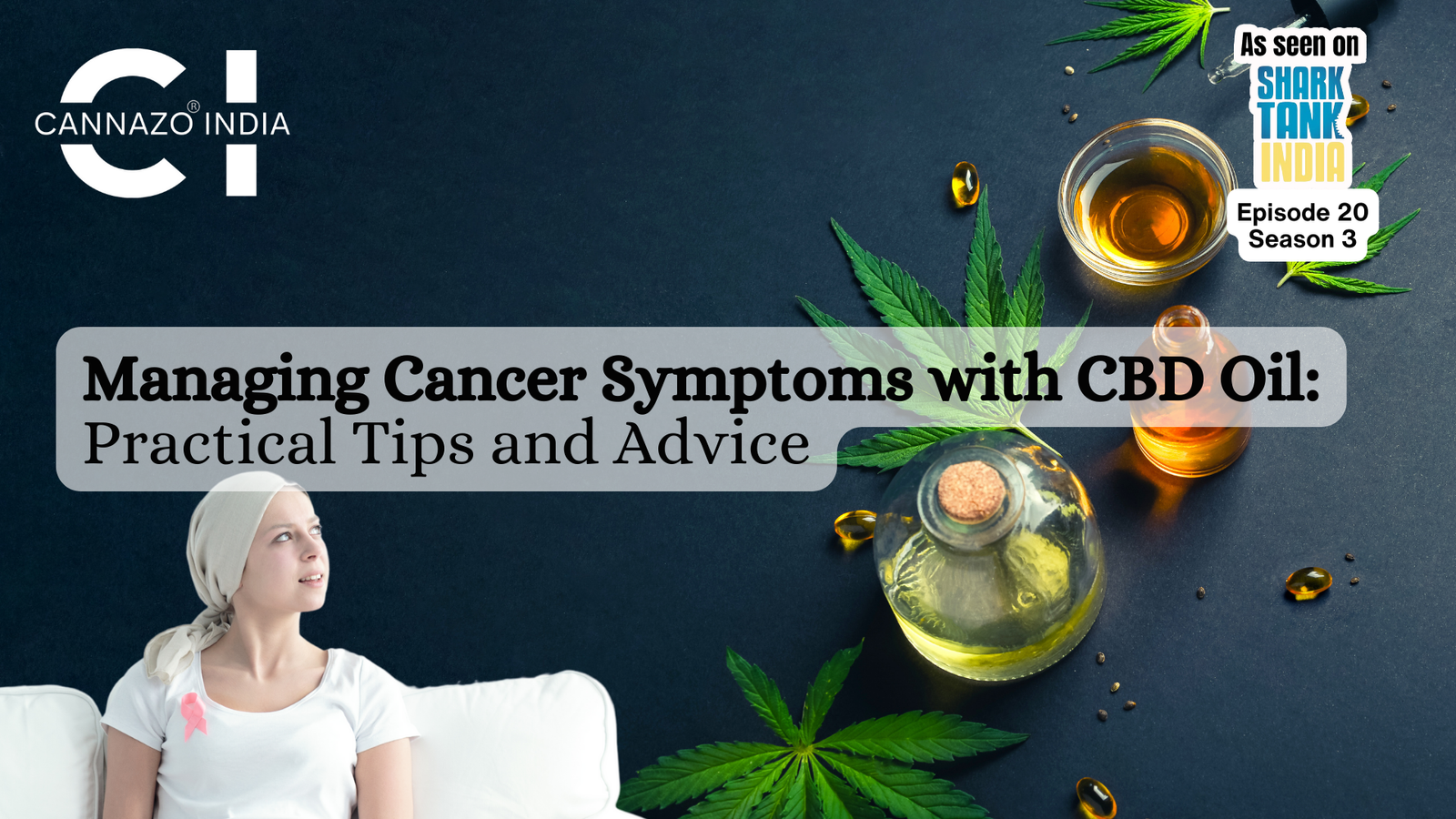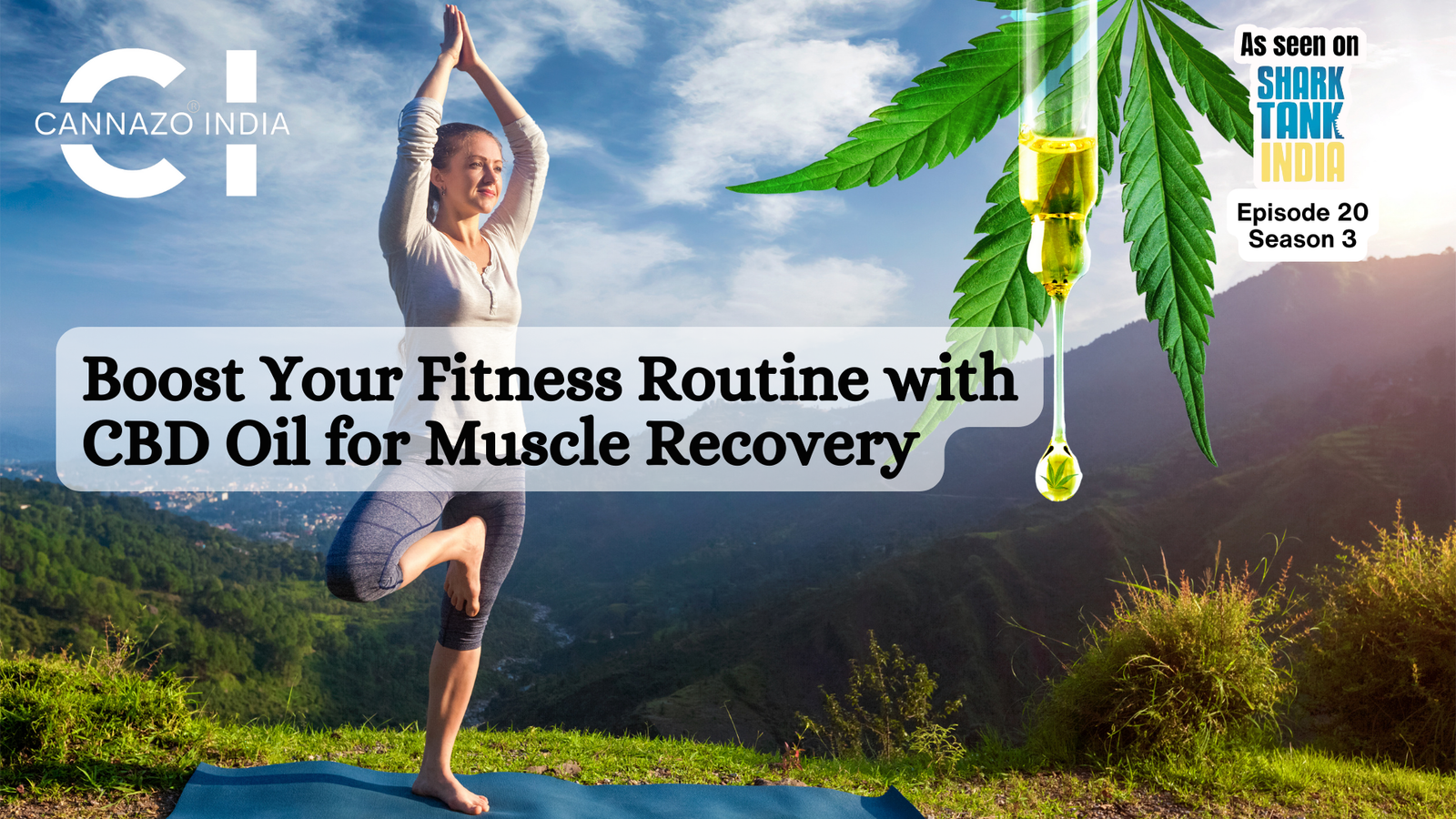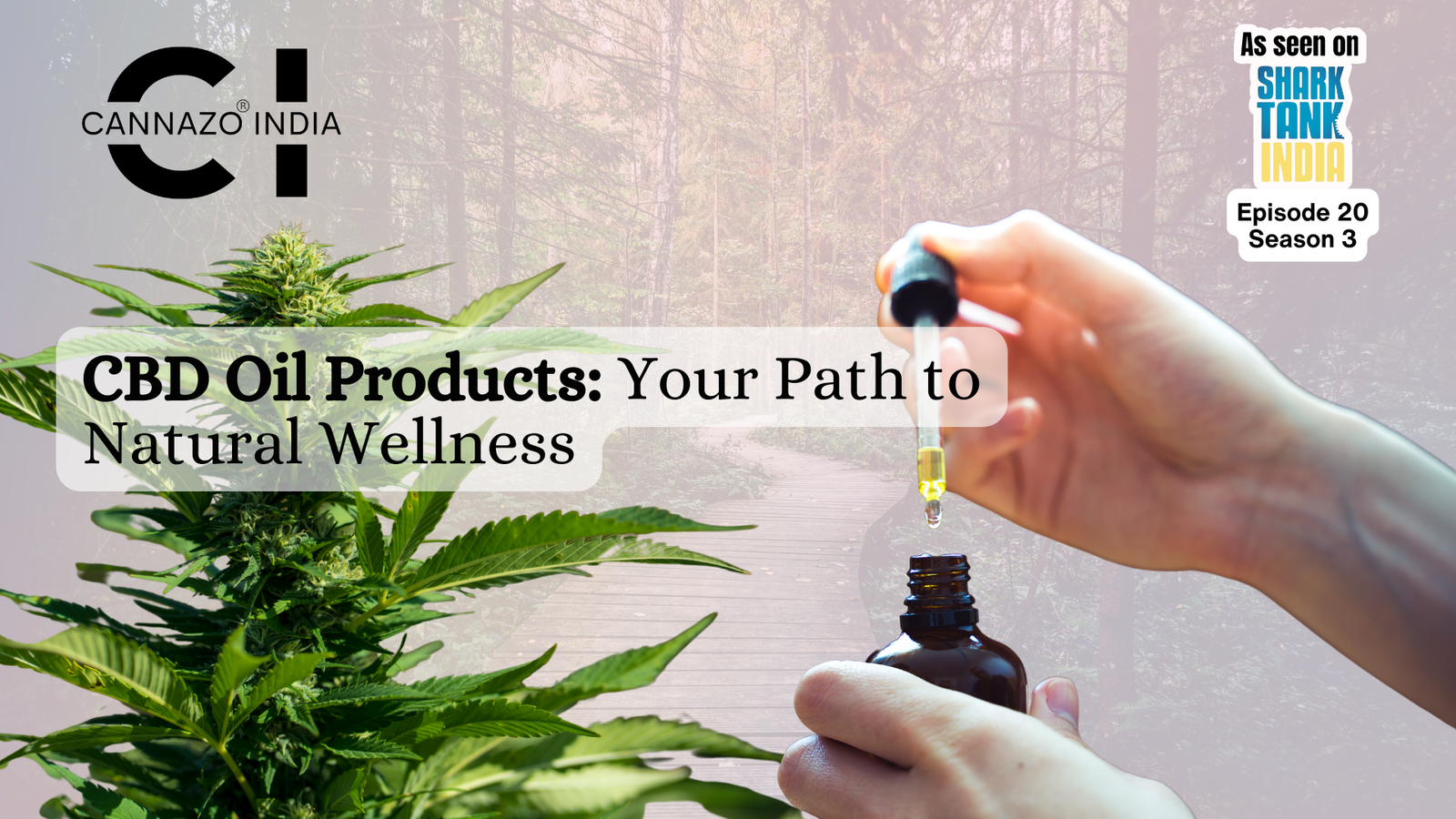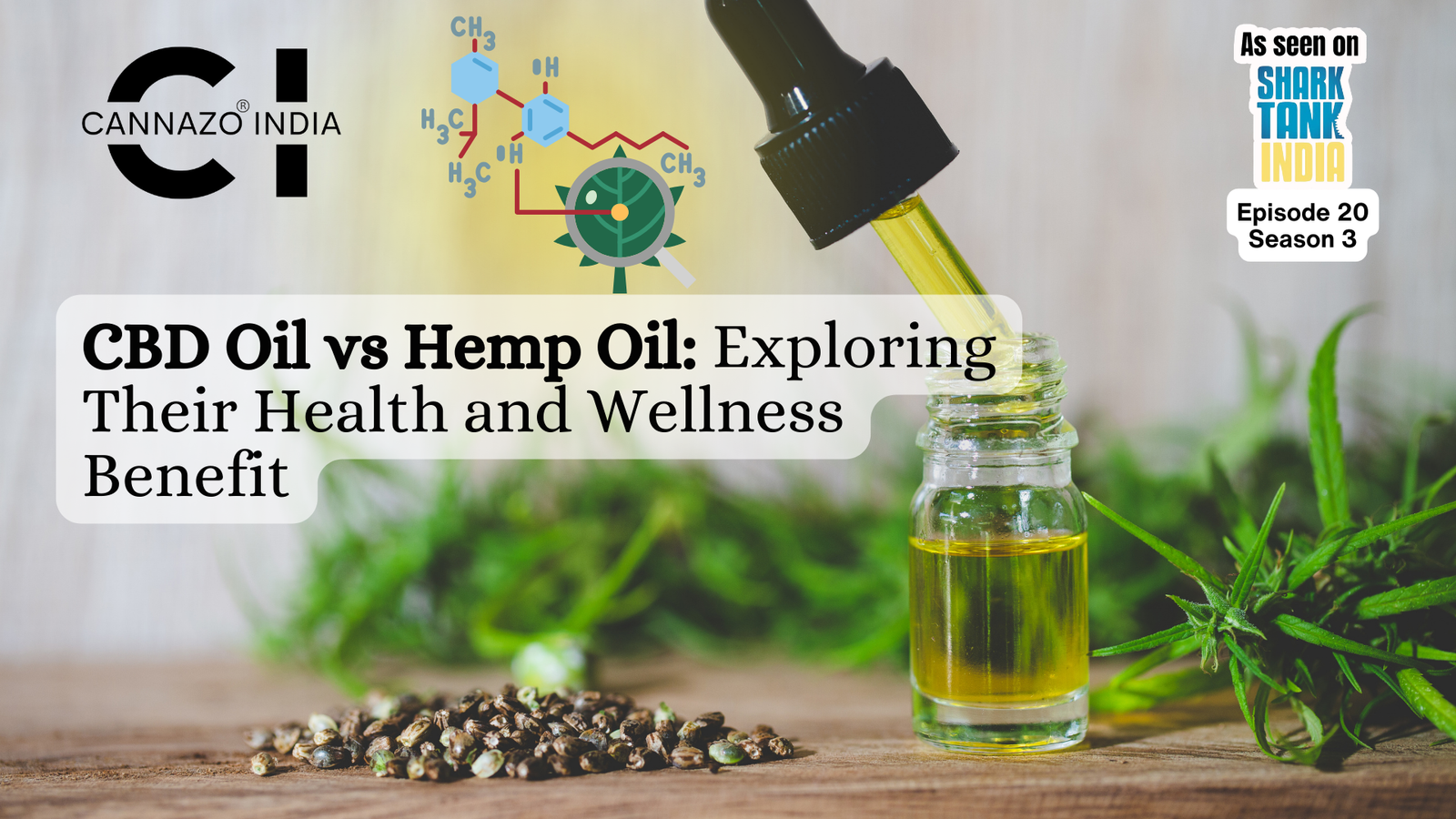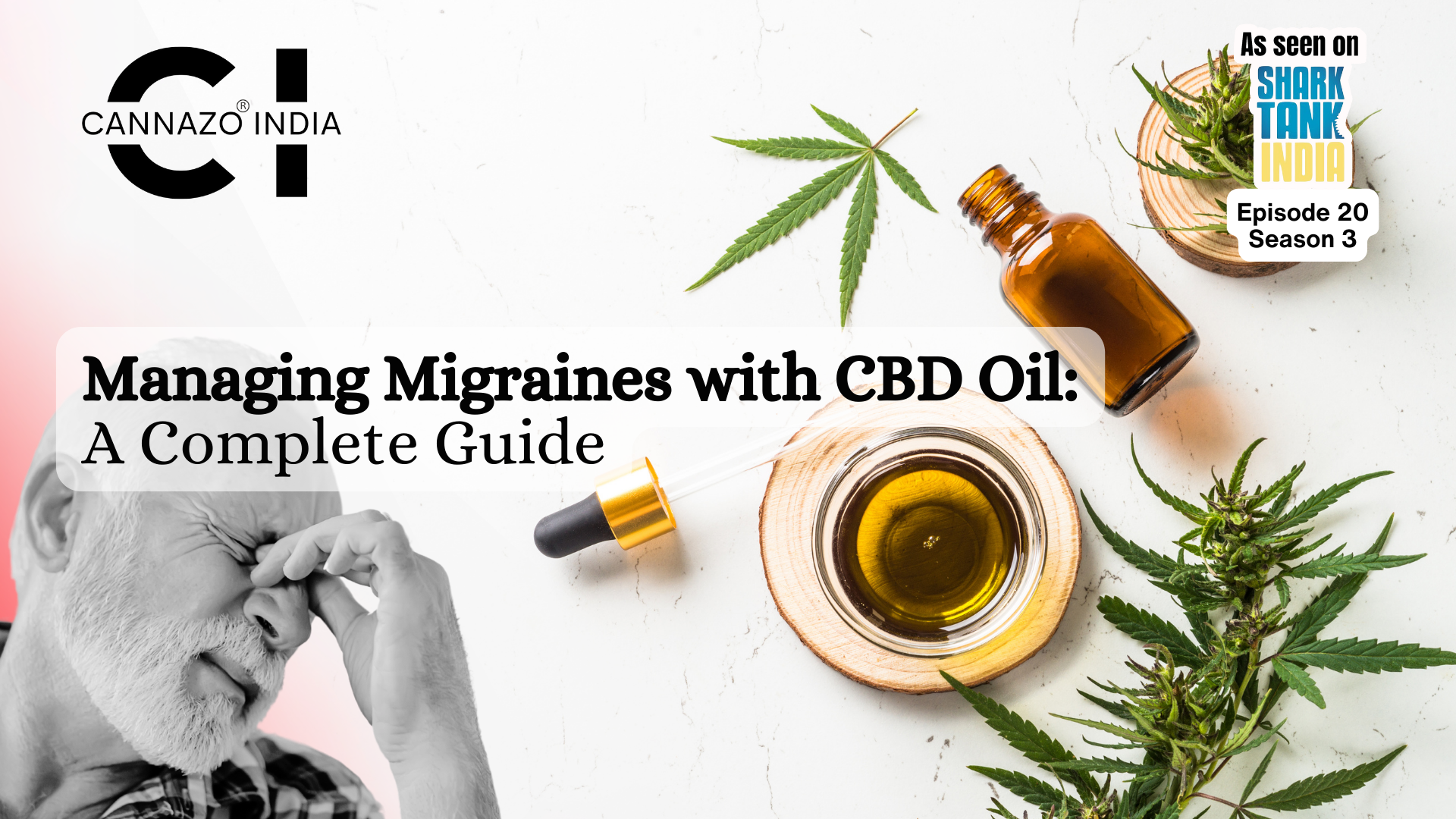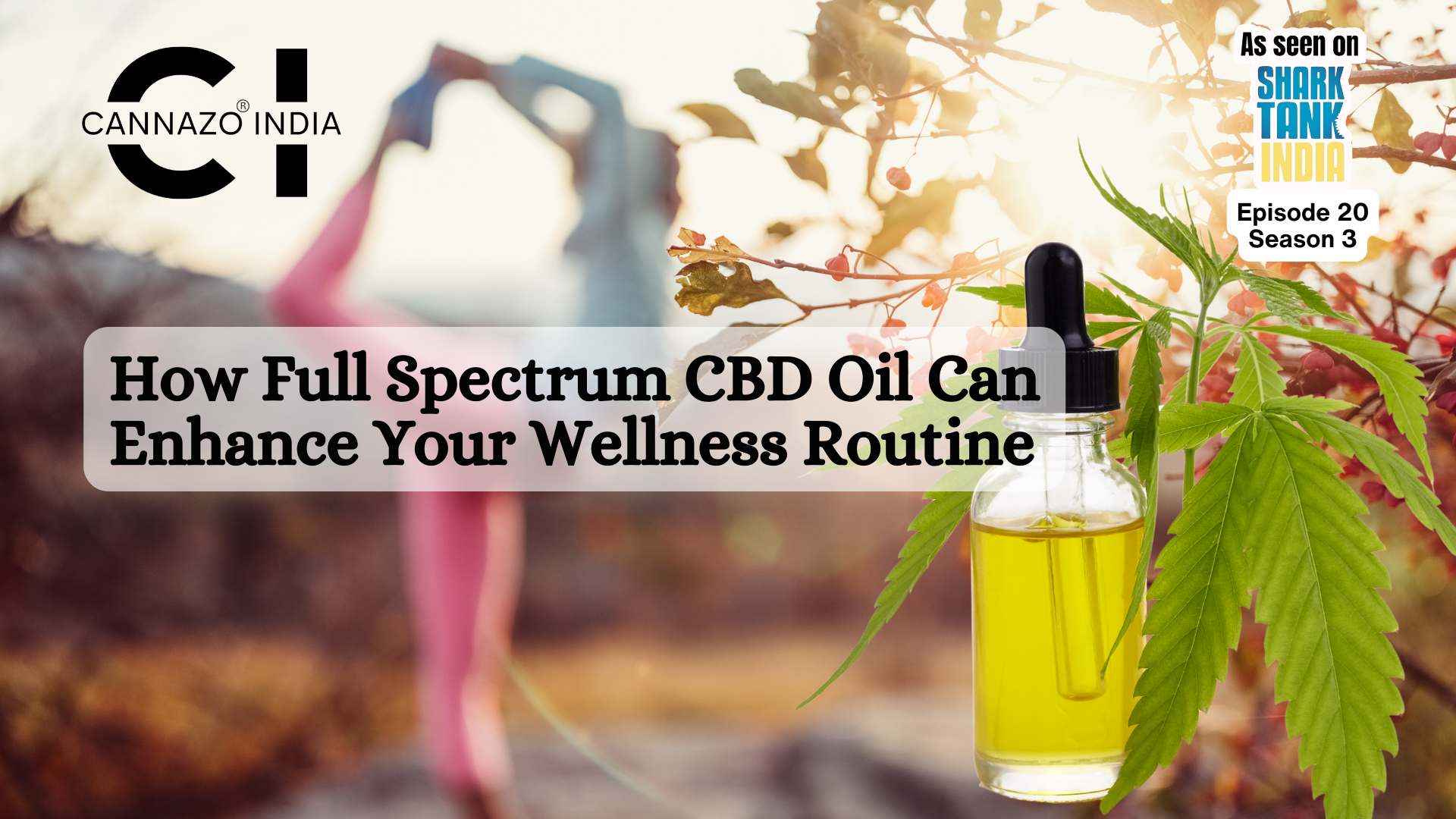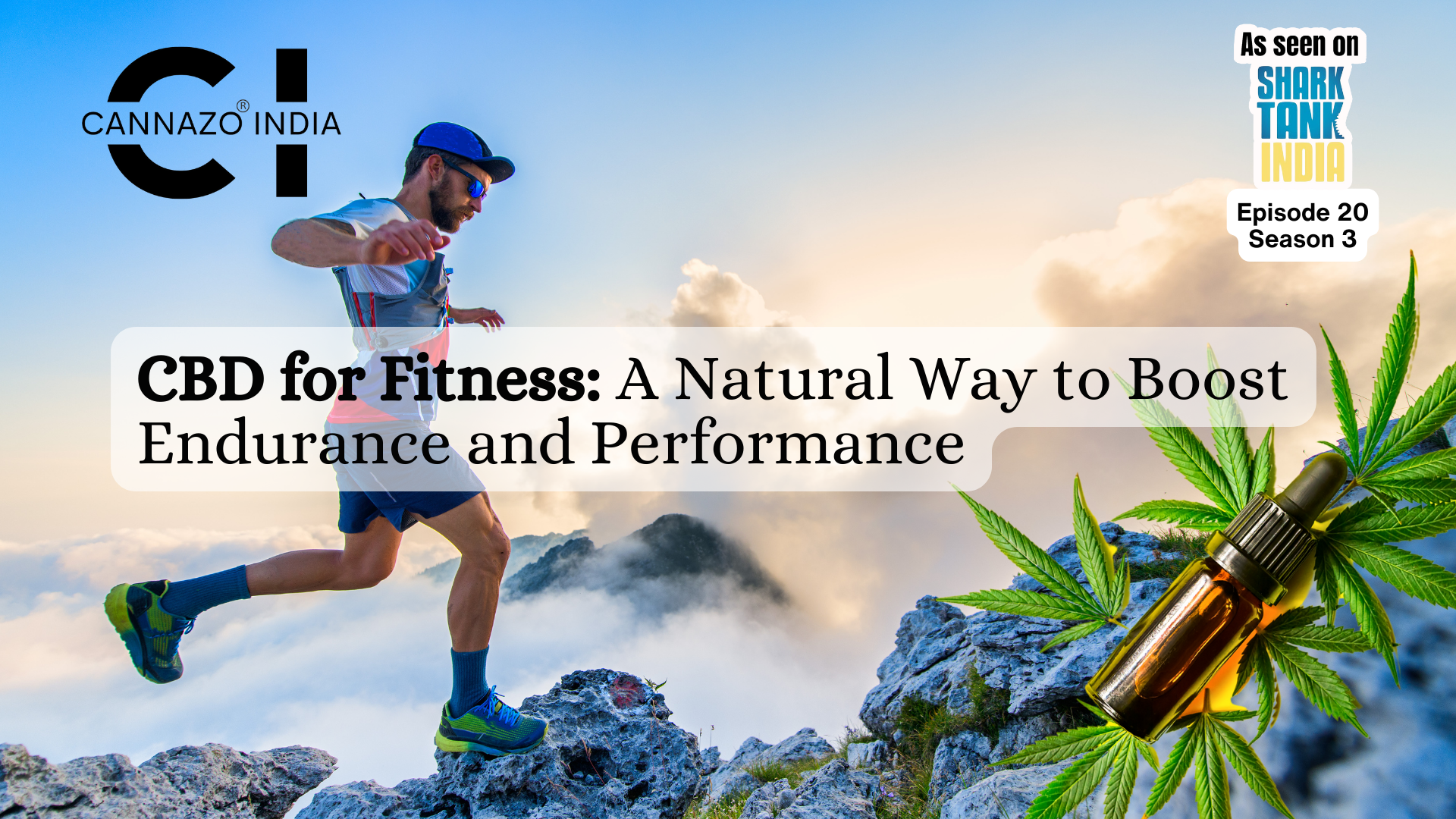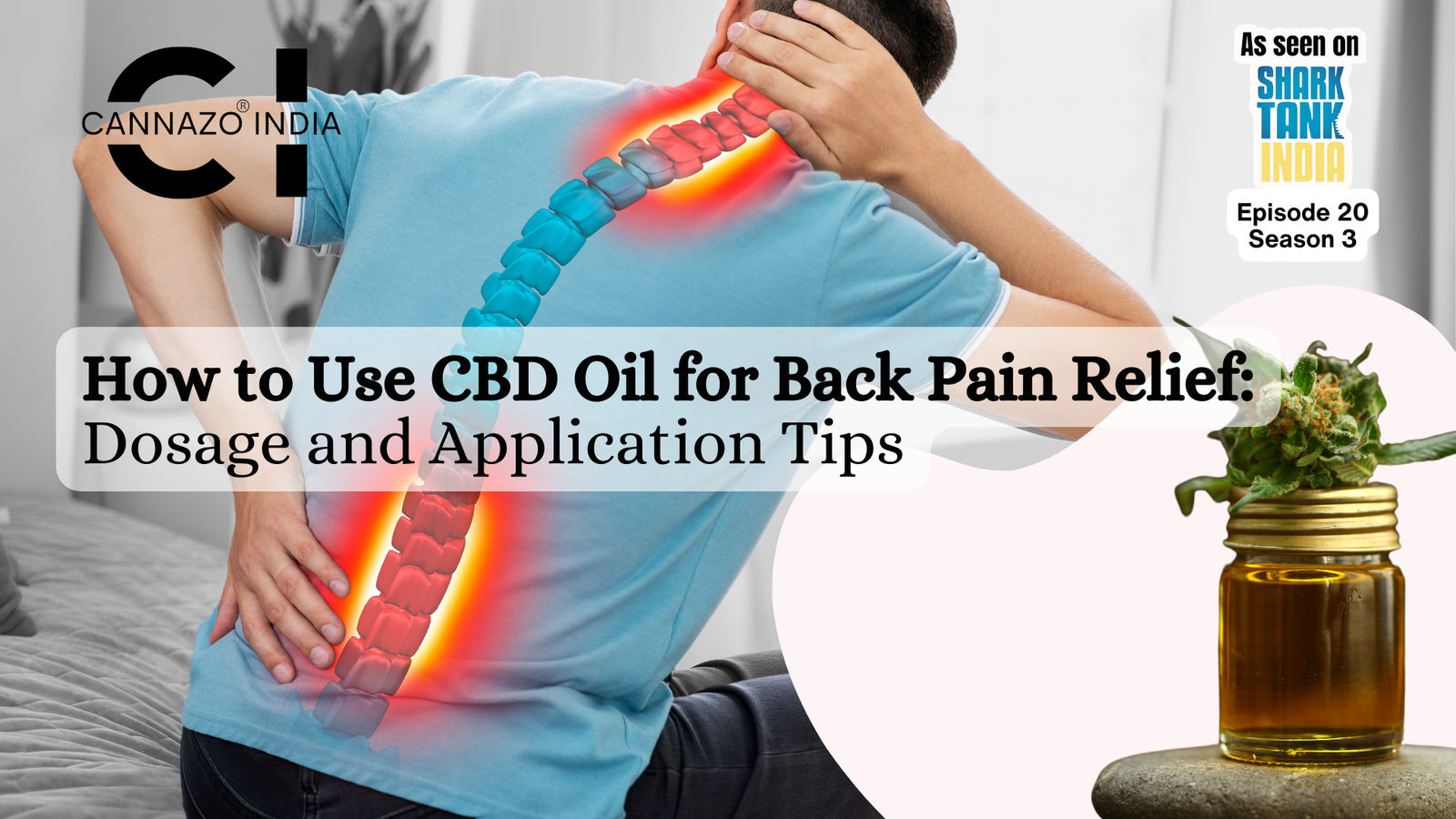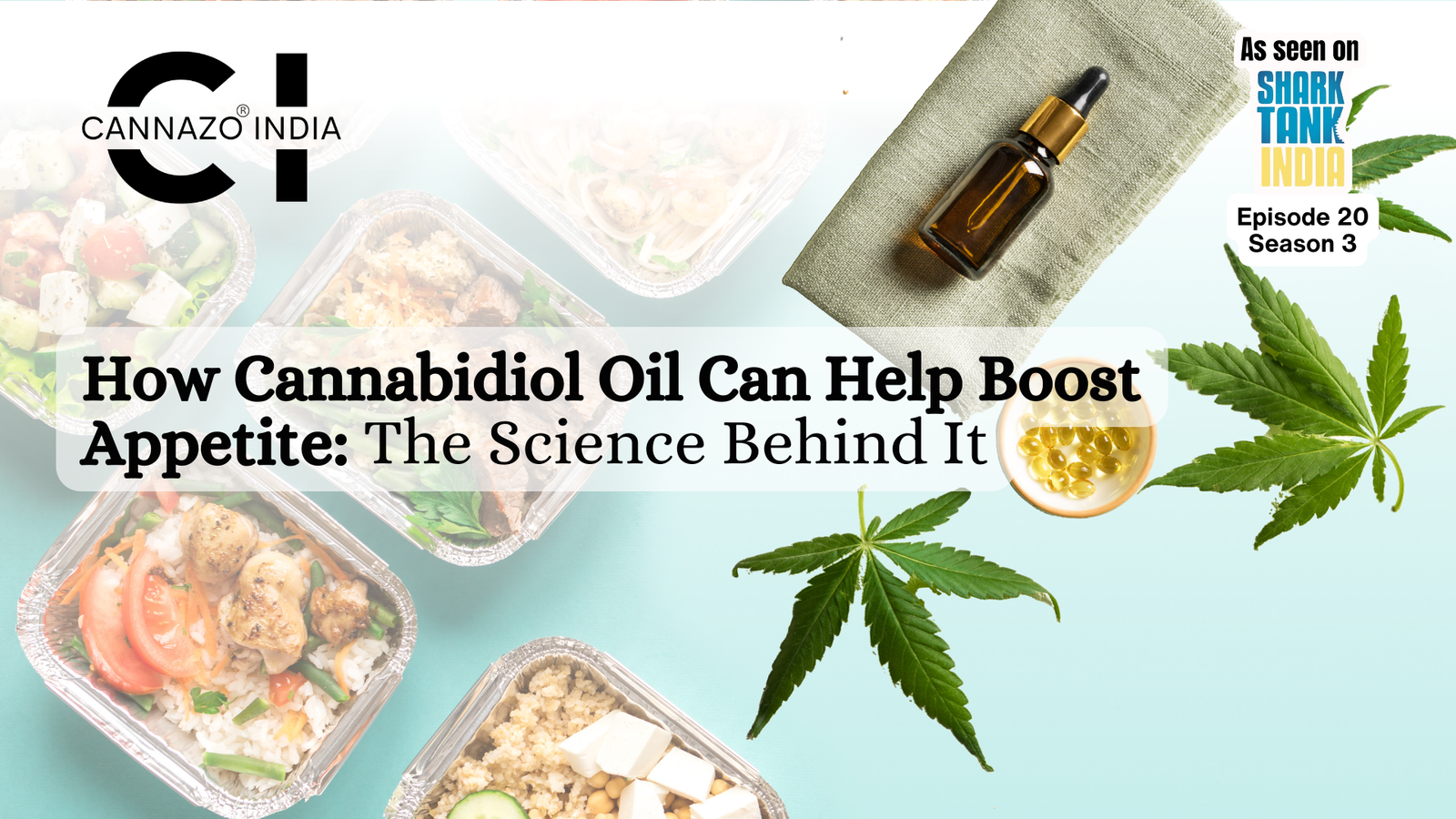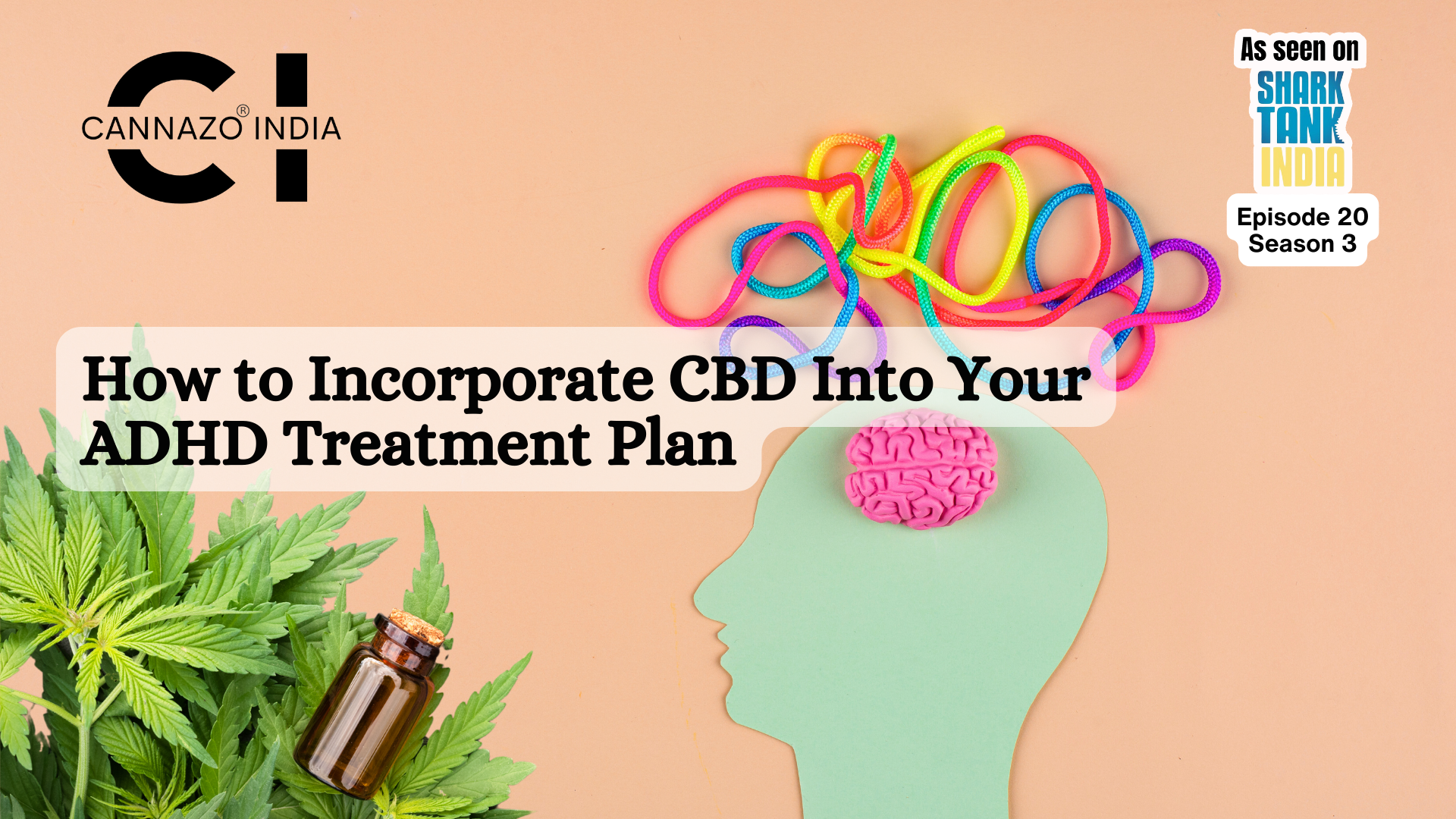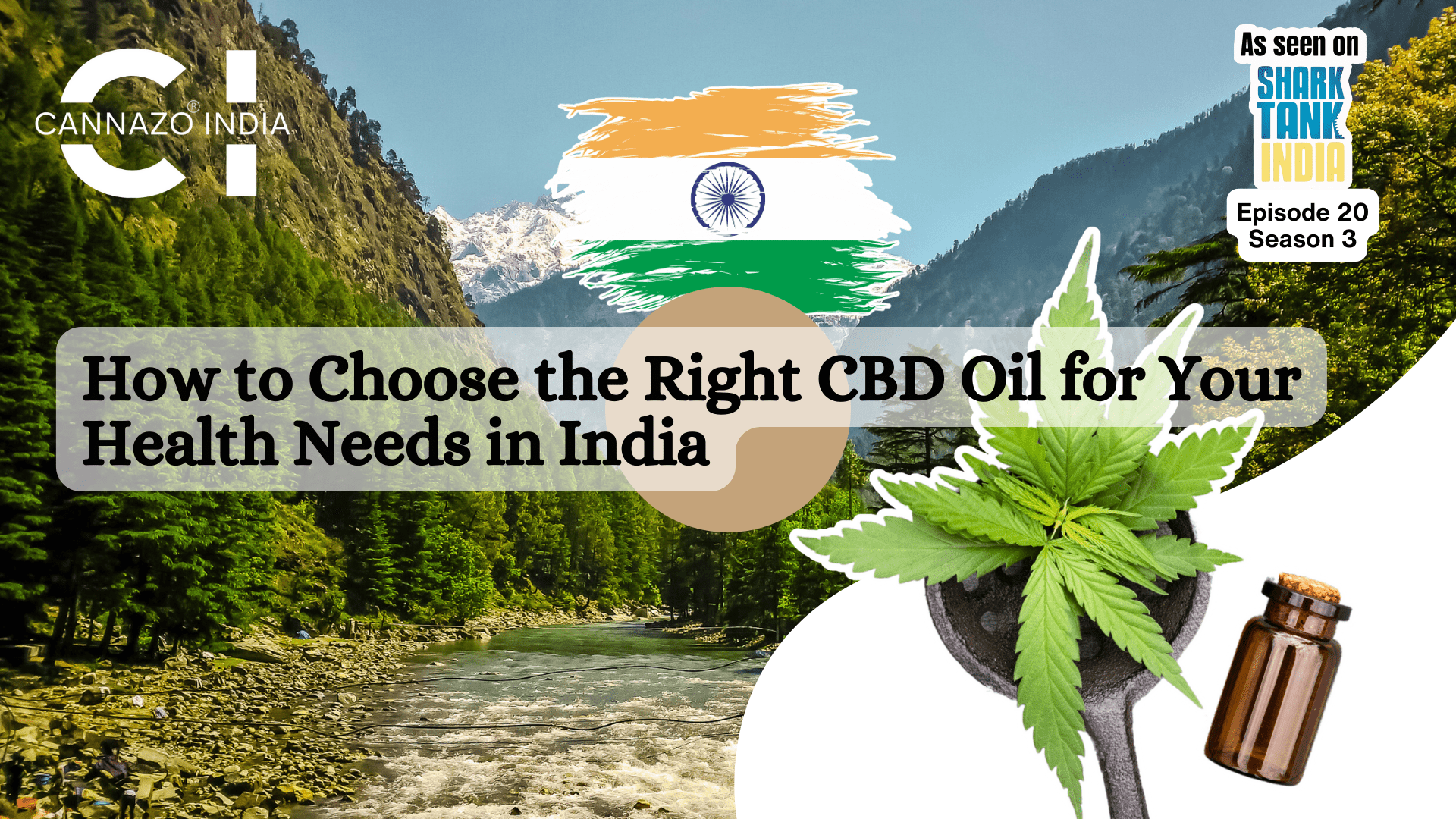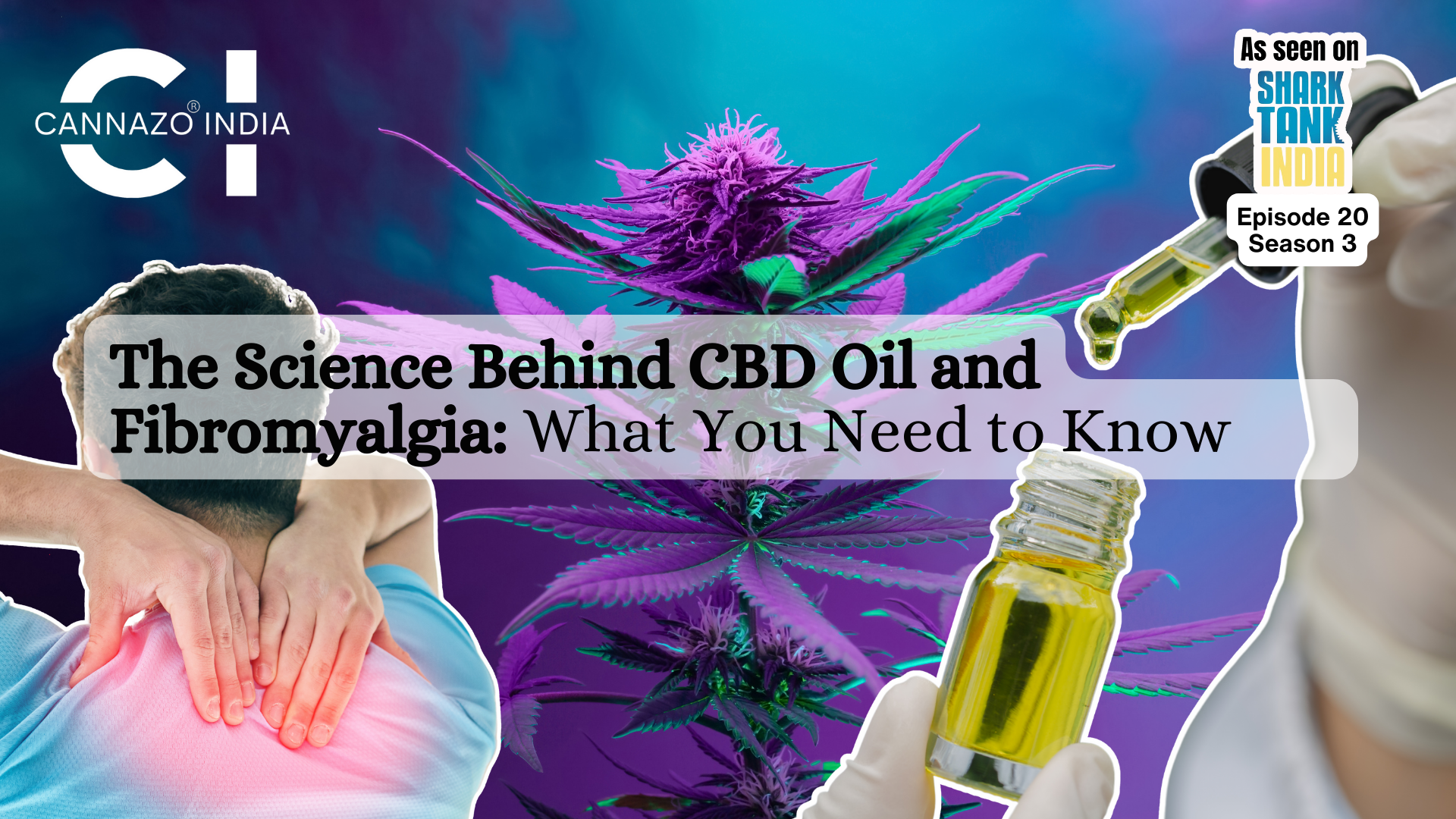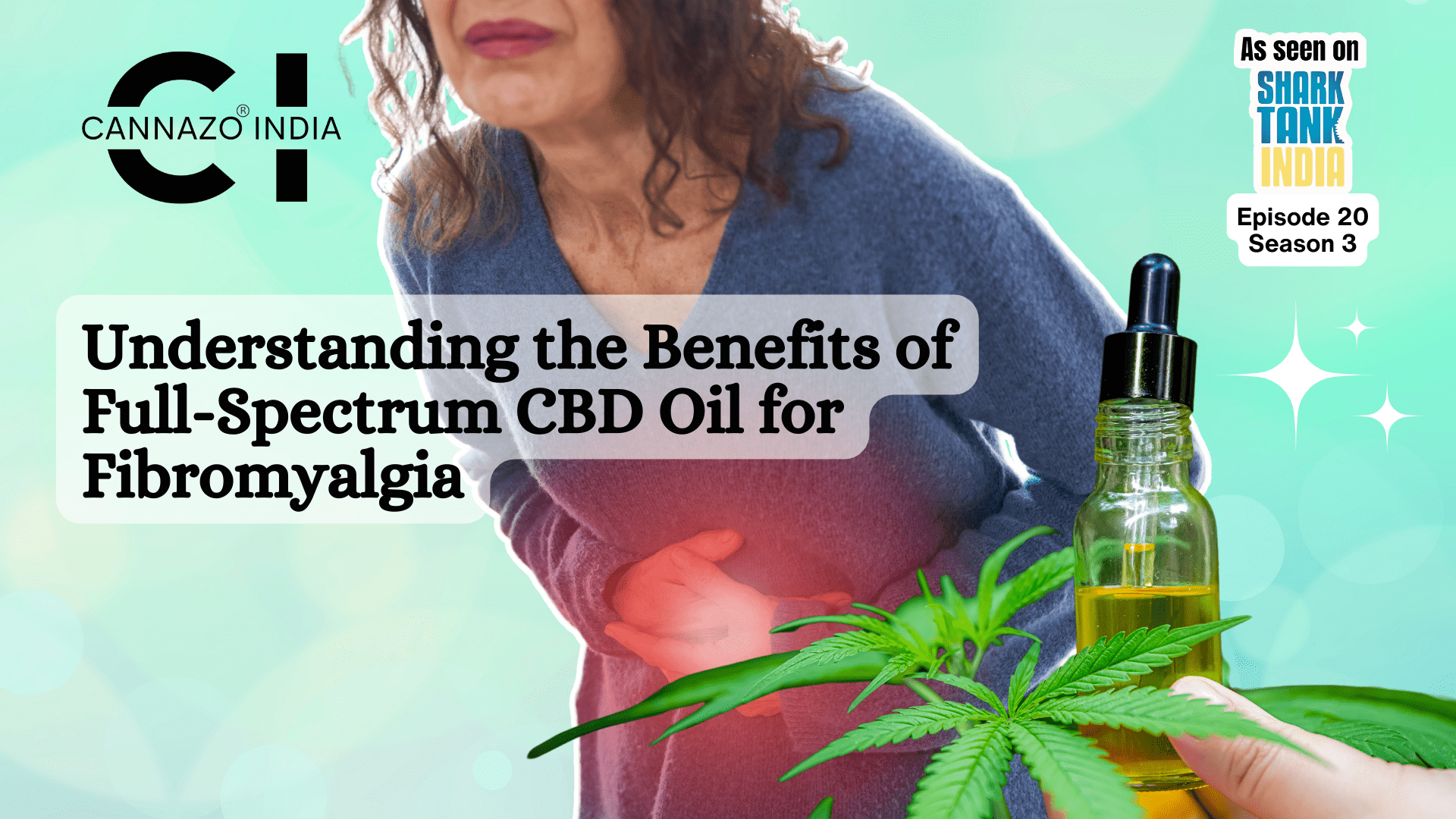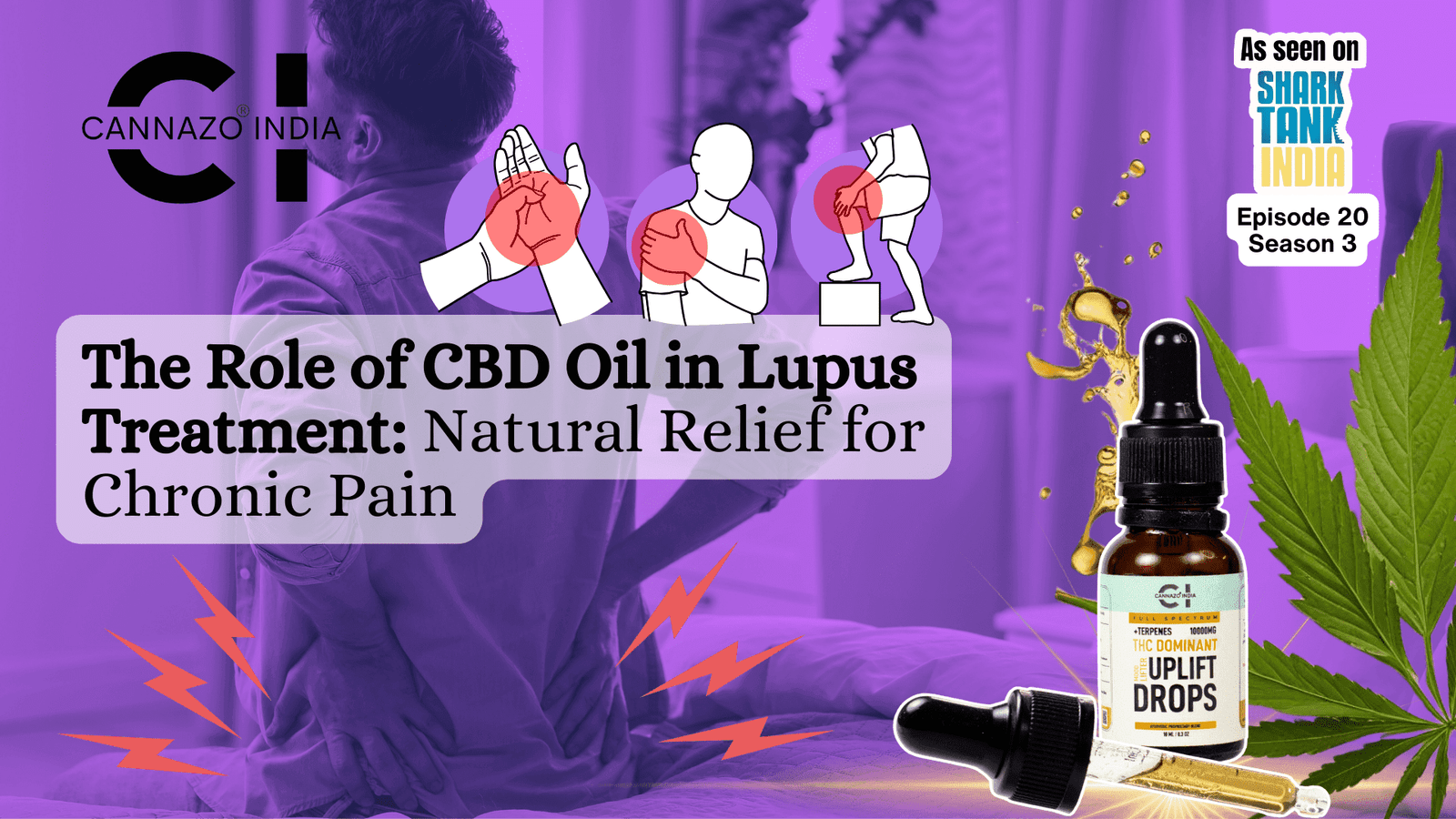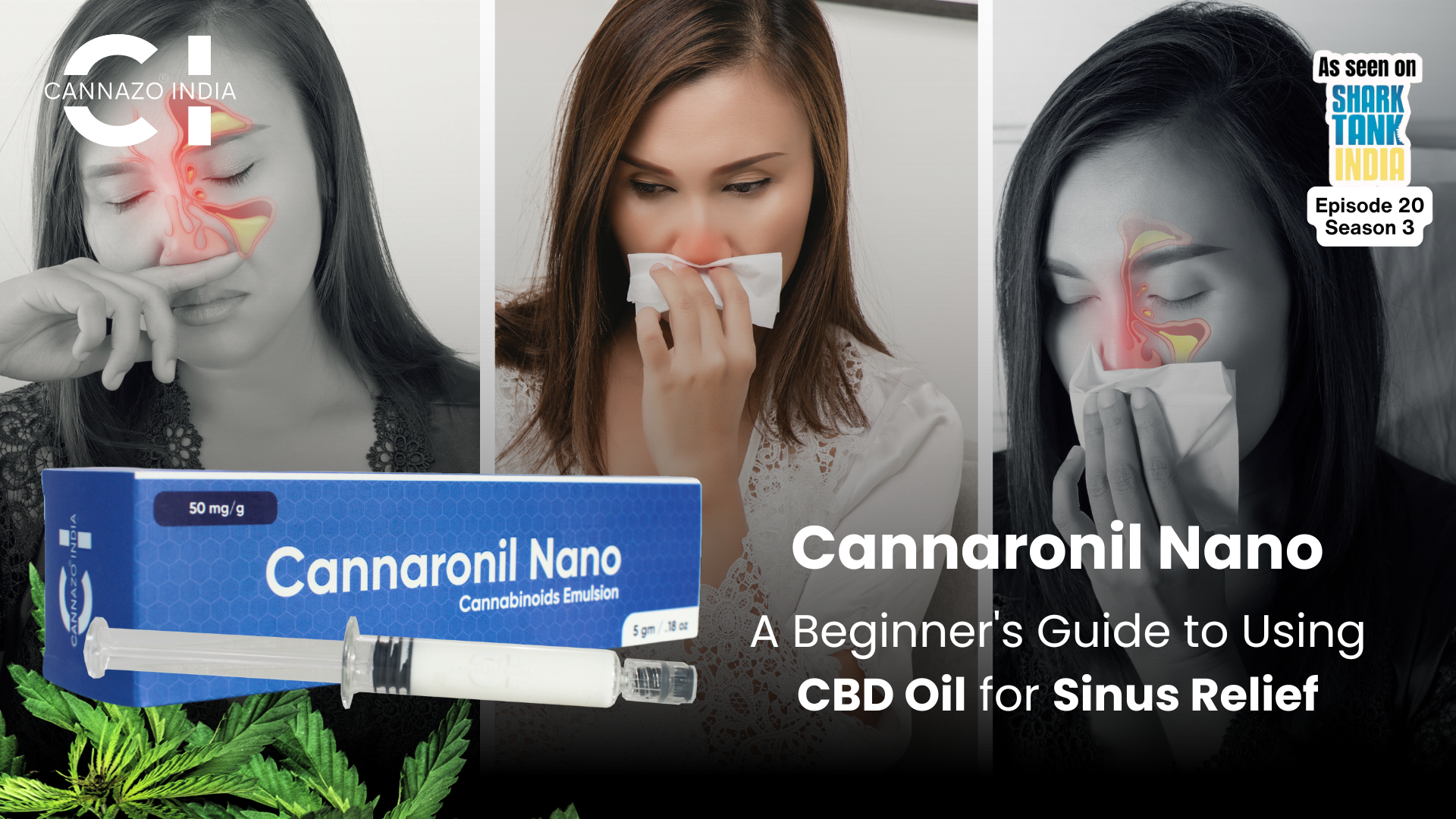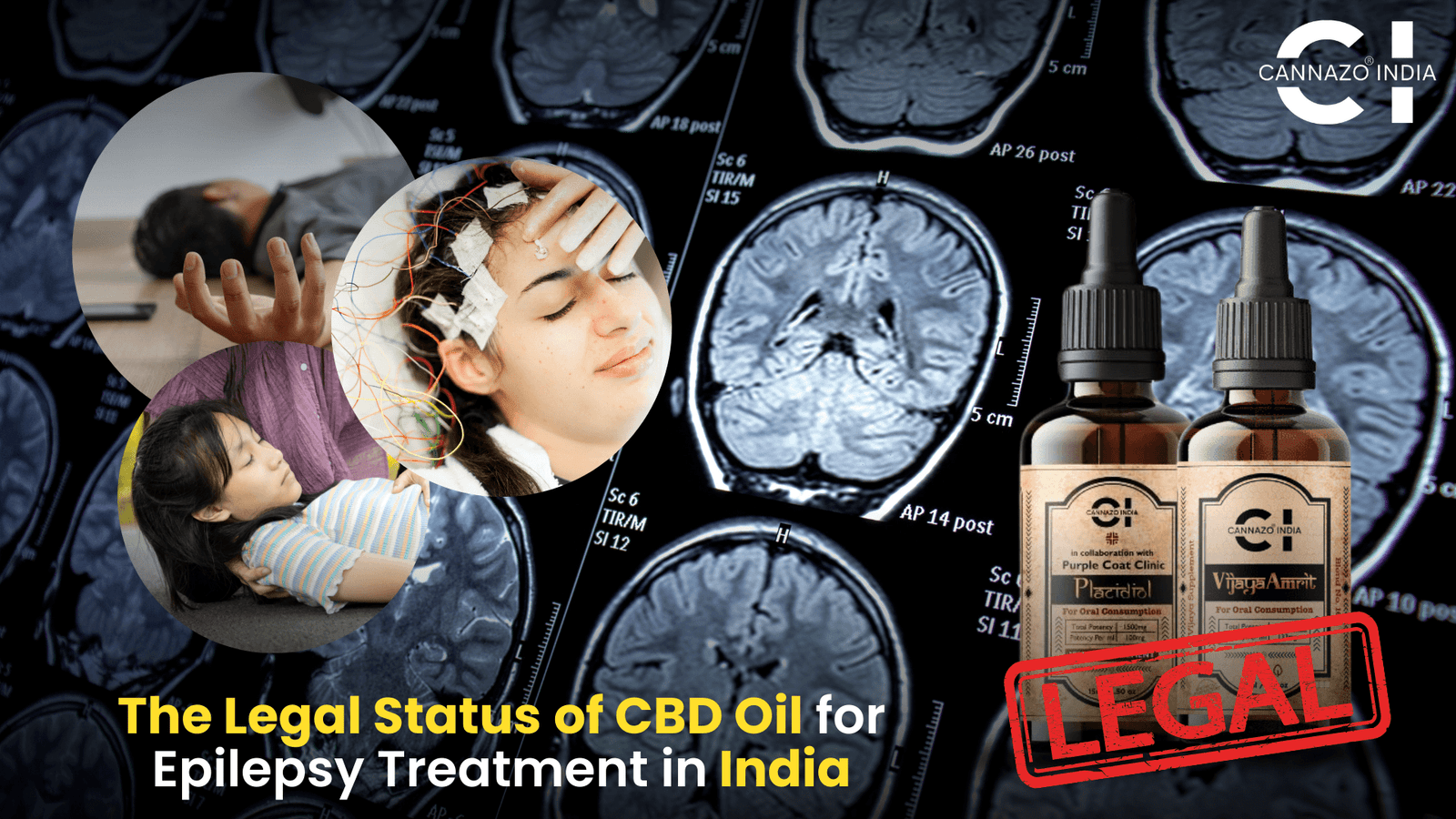Understanding CBD Extraction
CBD, short for cannabidiol, is one of the cannabinoids found in the hemp plant. It’s well known for its potential health benefits, including pain relief, reduced anxiety, and improved sleep. CBD extraction is a critical process that transforms the hemp plant into a plethora of potent and pure products.
Understanding the science of CBD extraction offers insight into the purity, potency, and quality of the final product, demystifying how the essence of a plant becomes a part of daily health and wellness routines.
Common CBD Extraction Methods
There are various methods used to extract CBD from hemp, each has its own benefits.
CO2 Extraction
For this method, CO2 is pressurized and cooled to become a liquid, after which, it is used to extract the CBD from the plant material. This method is highly efficient and produces a pure, high-quality extract, making it a favorite among CBD manufacturers.
Solvent or Cryogenic Extraction
In this, a solvent such as ethanol or butane is used to dissolve the CBD from the plant. The solution is then purified and filtered to remove impurities, leaving behind a concentrated CBD extract. Cryogenic processes use temperatures well below freezing to protect the terpenes and cannabinoids contained in hemp.
Steam Distillation
A glass flask is used to hold hemp plant fibres. Steam is forced into the flask, fragmenting down the fibres thus collecting therapeutic components. The vapours are trapped inside the glass flask. They then enter a condenser tube, where they condense, resulting in CBD oil and water. Finally, the oil-water blend is distilled to separate the CBD oil and water.
Step-by-Step Process of CBD Extraction
Planting and Farming the Hemp: The first step is to plant the top quality of seeds. The soil is prepared and tested for herbicides, and drainage lines are installed to ensure that the plants don’t become oversaturated.
- Harvesting the Hemp: Hemp is a fast-growing crop, and it can just take up to 5-6 months for the plants to mature fully.
- Extracting CBD: After the plant is harvested, the cannabinoids from the plant are extracted from the leaves through various extraction methods as mentioned.
According to the legal status in India, the raw material, which is the leaves, is obtained directly from the government and utilized to extract the cannabinoids, terpenes, and flavonoids, resulting in the full spectrum CBD extract used for many health benefits.
Hemp seeds can be farmed and used for nutritional purposes. Cannazo India has an in-house manufacturing unit with optimized extraction methods for CBD extraction.
Safety Considerations
- Purity and Potency: The extraction process directly influences the purity and potency of the final CBD product. Proper extraction methods can selectively isolate CBD and other beneficial cannabinoids, eliminating unwanted substances, pesticides, and contaminants. This precision ensures that consumers receive a product that is both effective and non-intoxicating.
- Good Laboratory Practice (GLP) and Good Manufacturing Practice (GMP): Proper extraction facility design is critical for safety. Make sure it has appropriate airflow and is in the optimal location. Alarms to detect gas leaks, whether CO2, or butane, used in hydrocarbon production, are also vital. Choose CBD brands like Cannazo India with proper GMP certification to ensure the highest quality products are consumed.
- Preservation of Phytochemicals: High-quality extraction methods are designed to preserve the plant’s phytochemicals, including cannabinoids, terpenes, and flavonoids. These compounds are believed to work synergistically in what is known as the “entourage effect,” potentially enhancing the therapeutic properties of CBD.
Quality Control and Testing
Quality control and testing are integral steps in CBD extraction processes to ensure the final product’s purity, potency, and safety. Here’s a step-by-step guide to quality control and testing protocols:
- Raw Material Assessment:
The process starts with the evaluation of the raw hemp or cannabis material. Quality control measures involve examining factors such as the plant’s cultivation methods, growing conditions, and genetic strains to ensure consistency and quality throughout the extraction process.
- Monitoring Extraction Parameters:
Throughout the extraction process, key parameters such as temperature, pressure, and solvent concentration are closely monitored and controlled to optimize efficiency and maintain product quality. Regular testing of the extraction parameters helps identify any deviations and ensures consistency in the final product.
- Testing:
To ensure transparency, many extraction facilities involve third-party laboratories for independent testing of their full spectrum CBD extracts. These accredited laboratories perform comprehensive analyses to verify the product’s purity, potency, and safety, providing consumers with confidence in the product’s quality.
- Certificate of Analysis (COA):
The results of quality control testing are compiled into a Certificate of Analysis (COA), which serves as a comprehensive analytical report having details including heavy metal testing.
Whether using CO2 extraction, steam or solvent extraction, the goal remains the same: to create a pure, effective CBD extract that can be used in a range of products.

